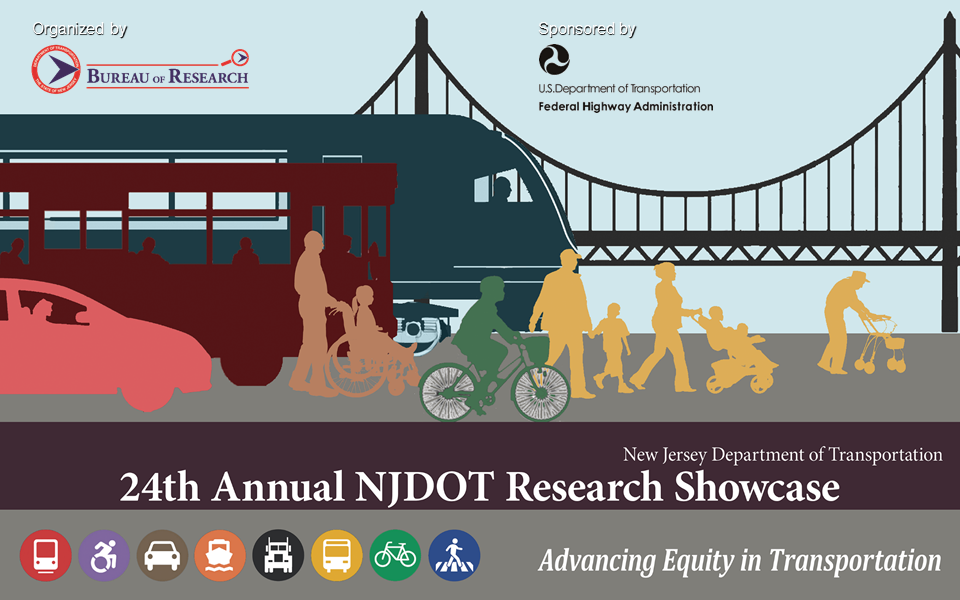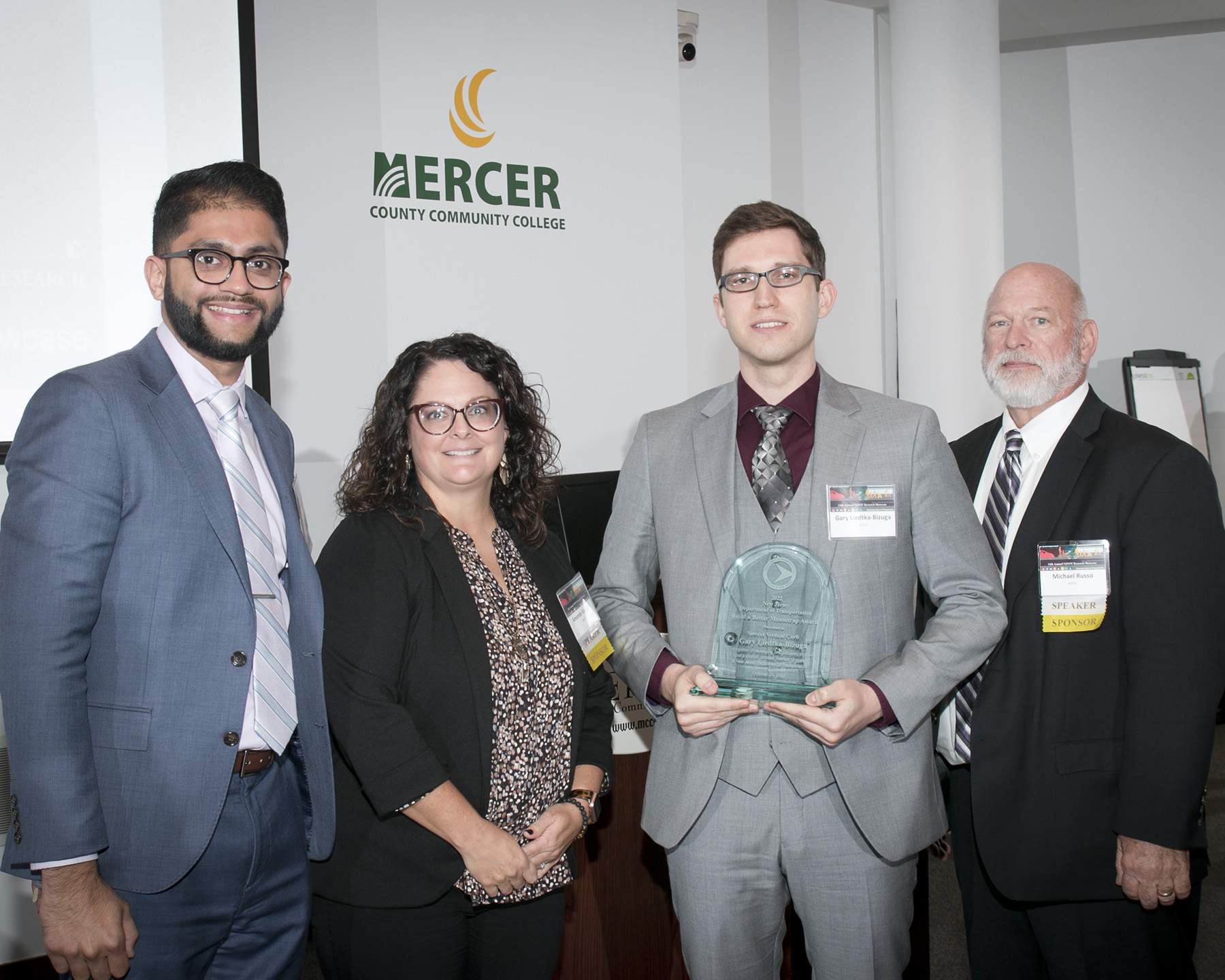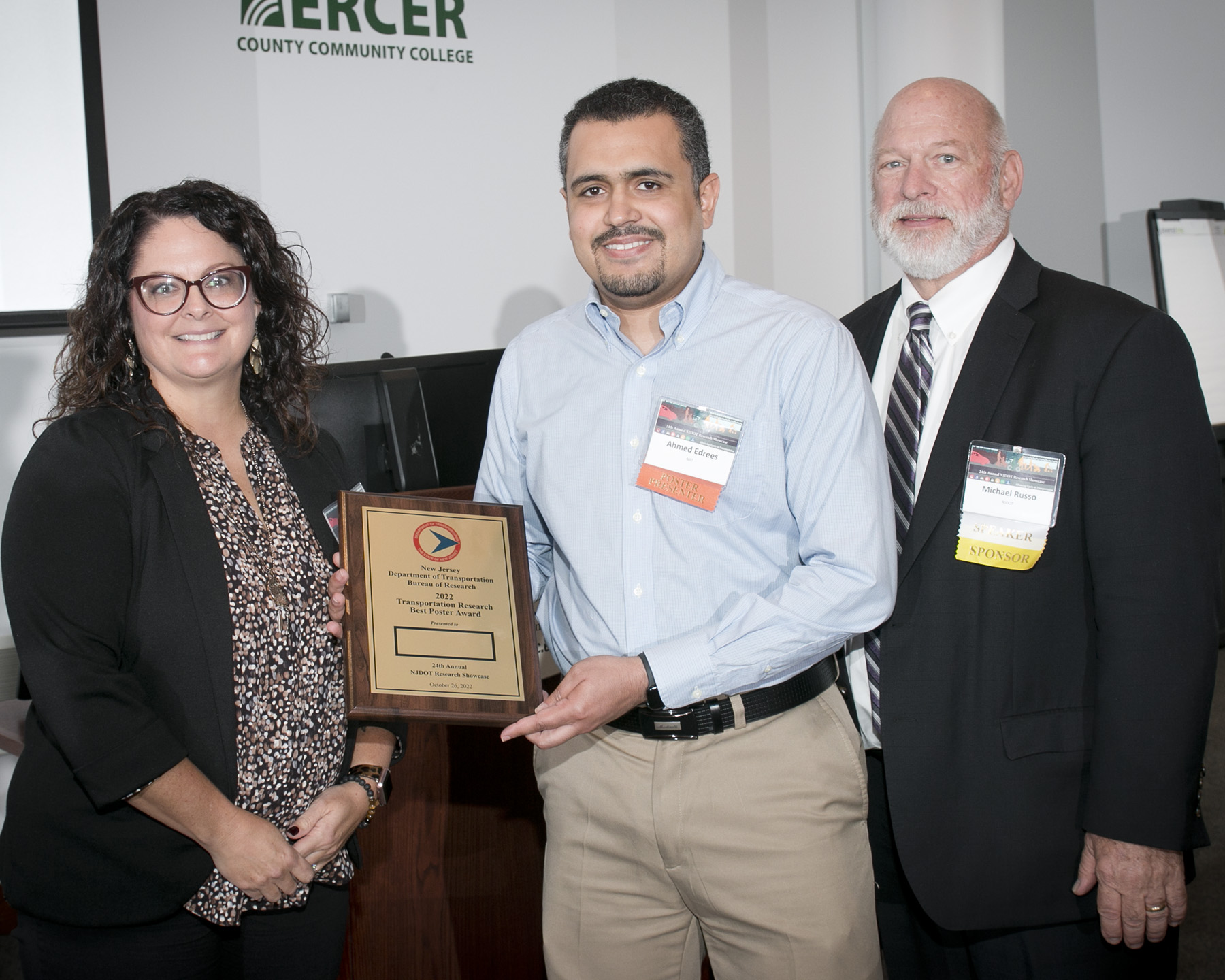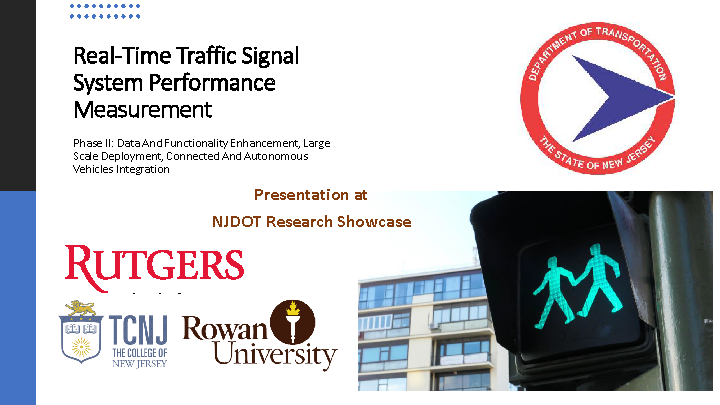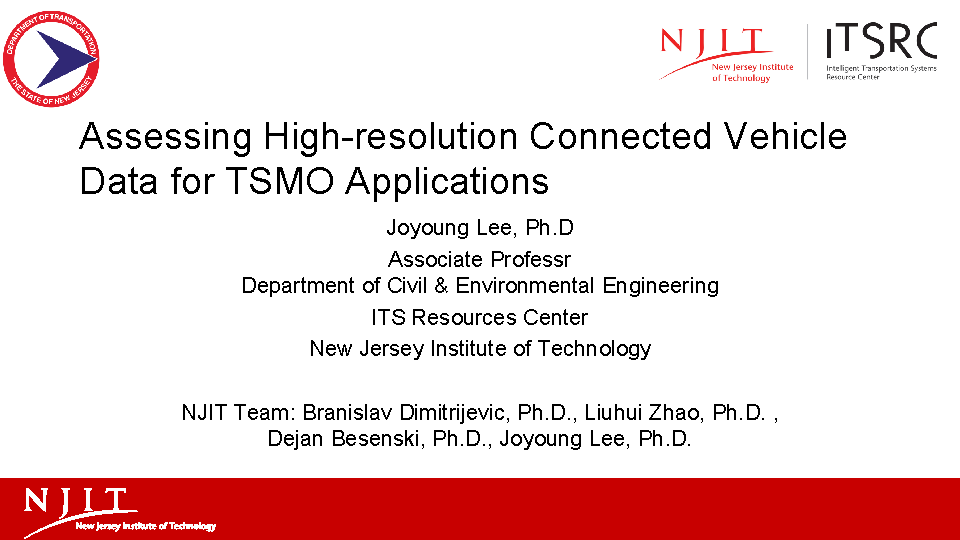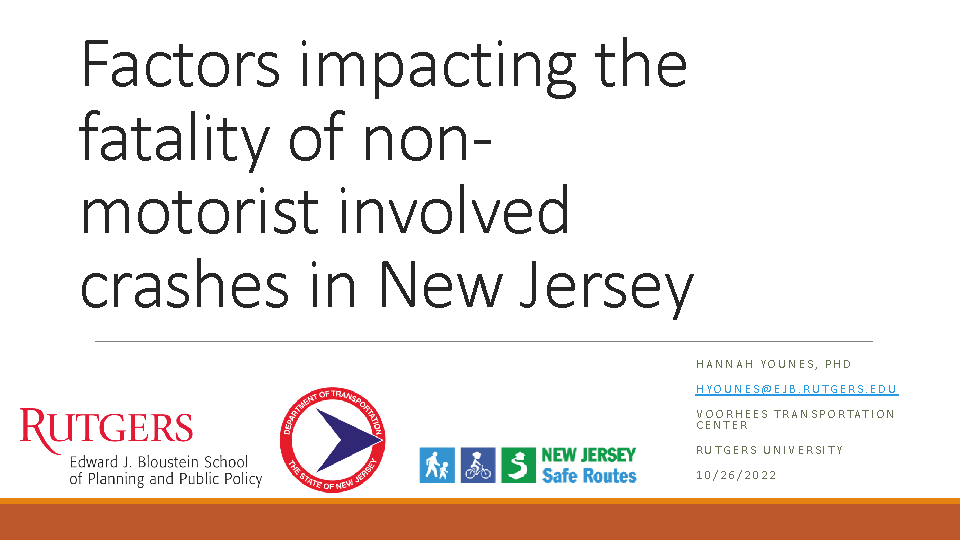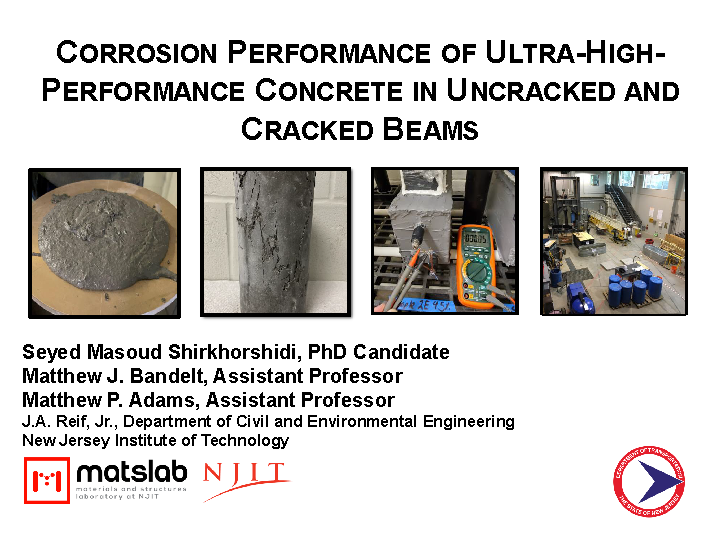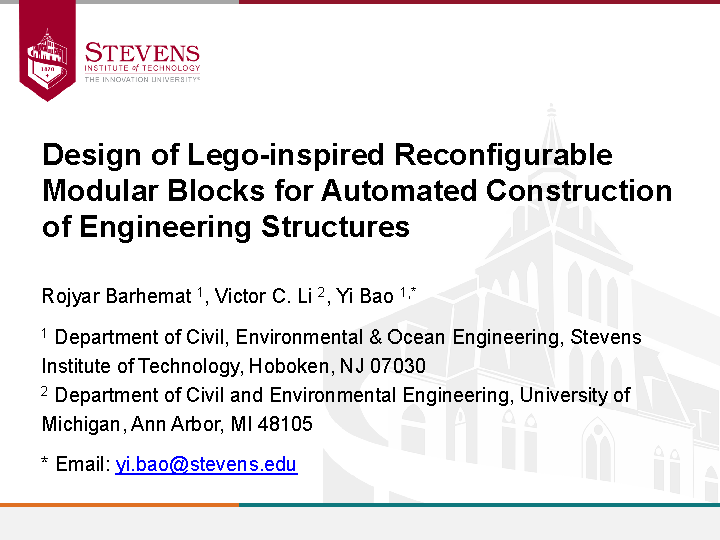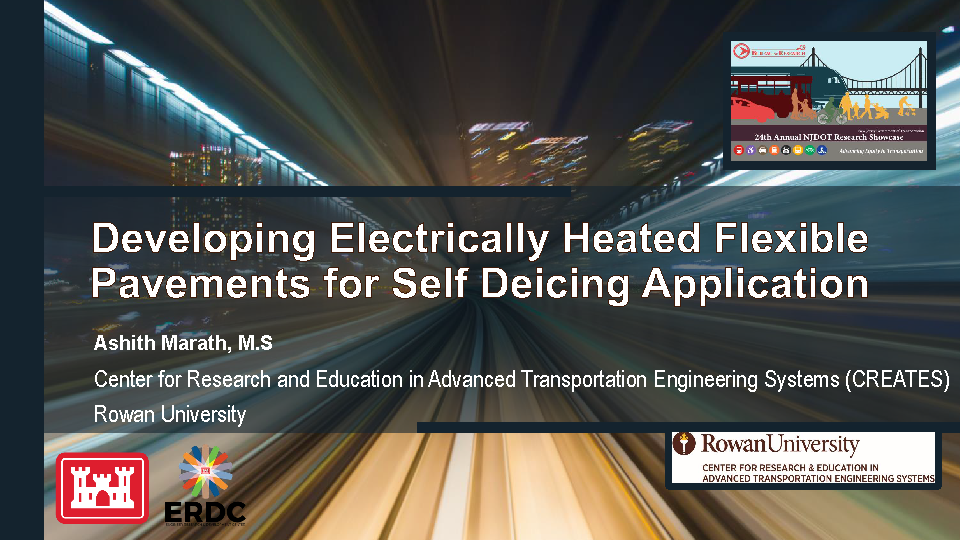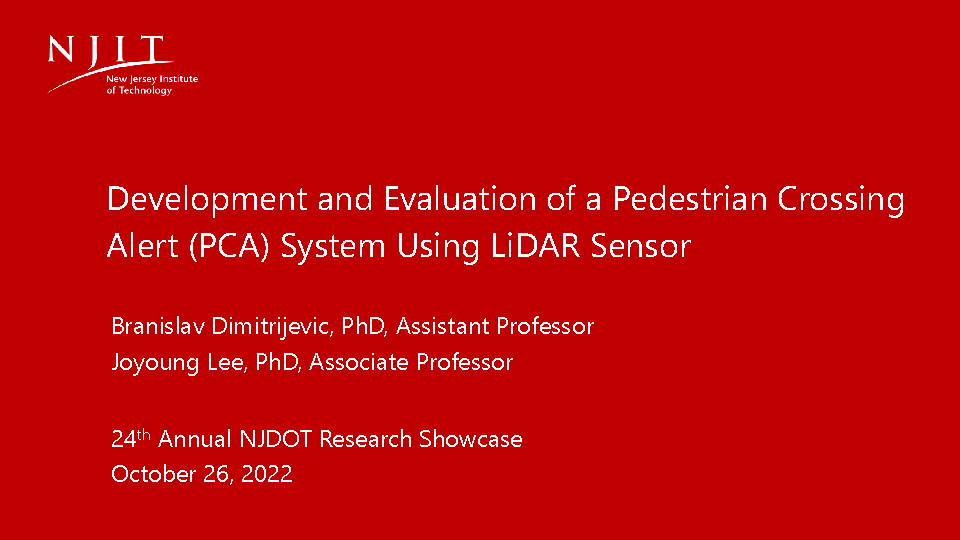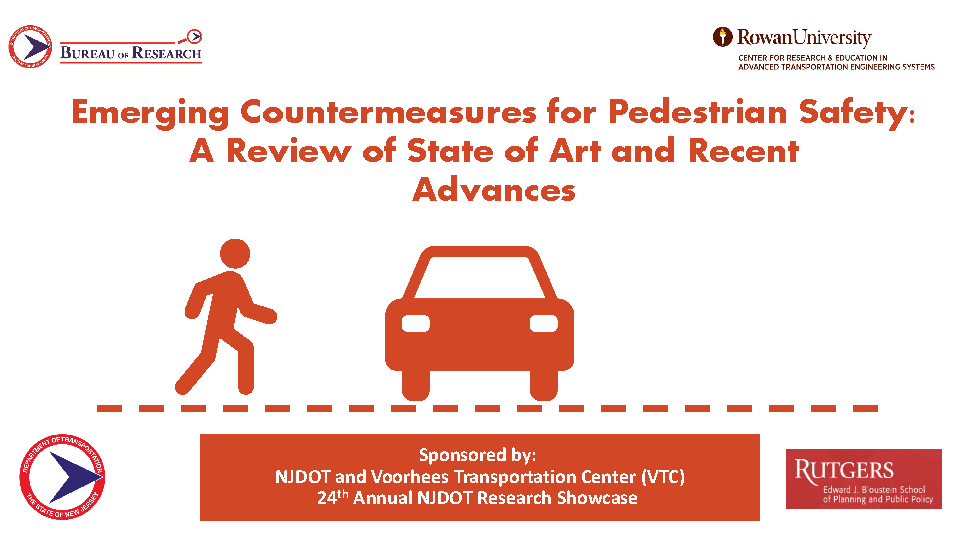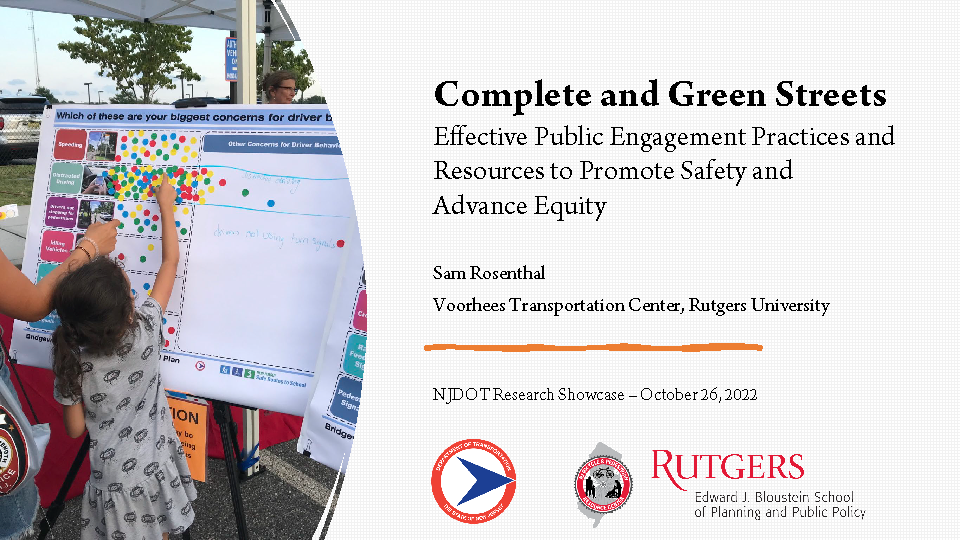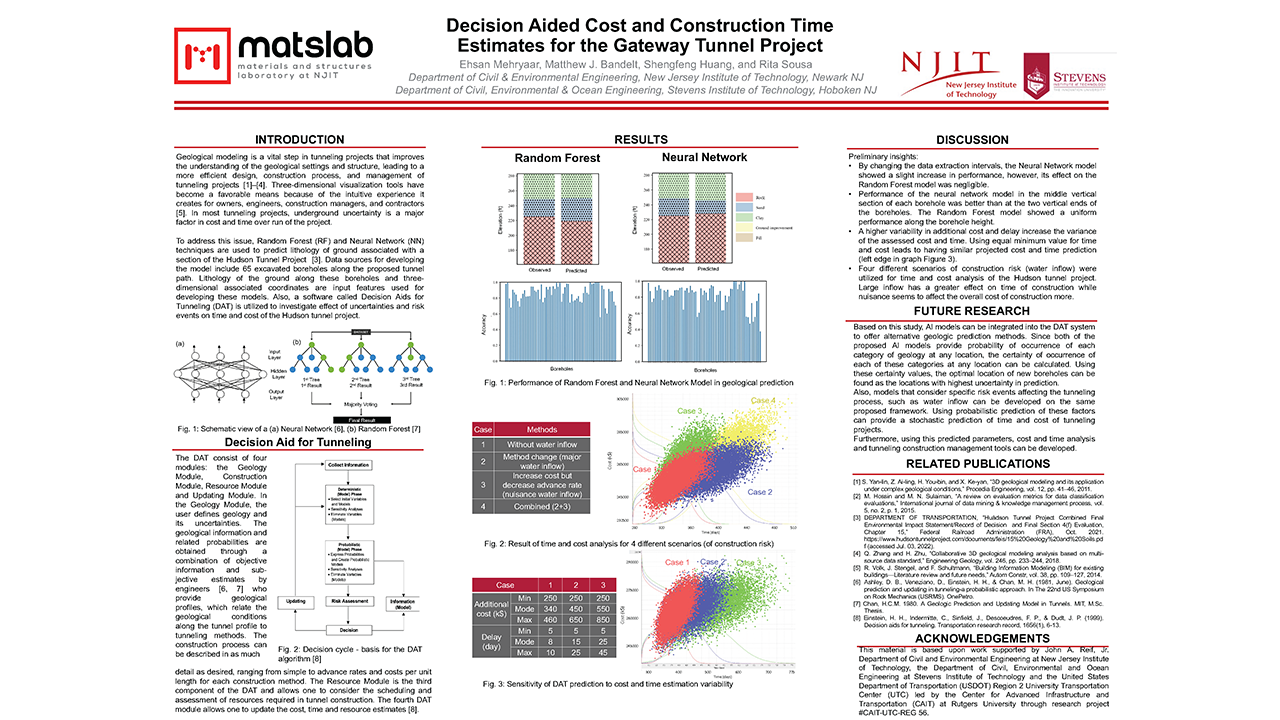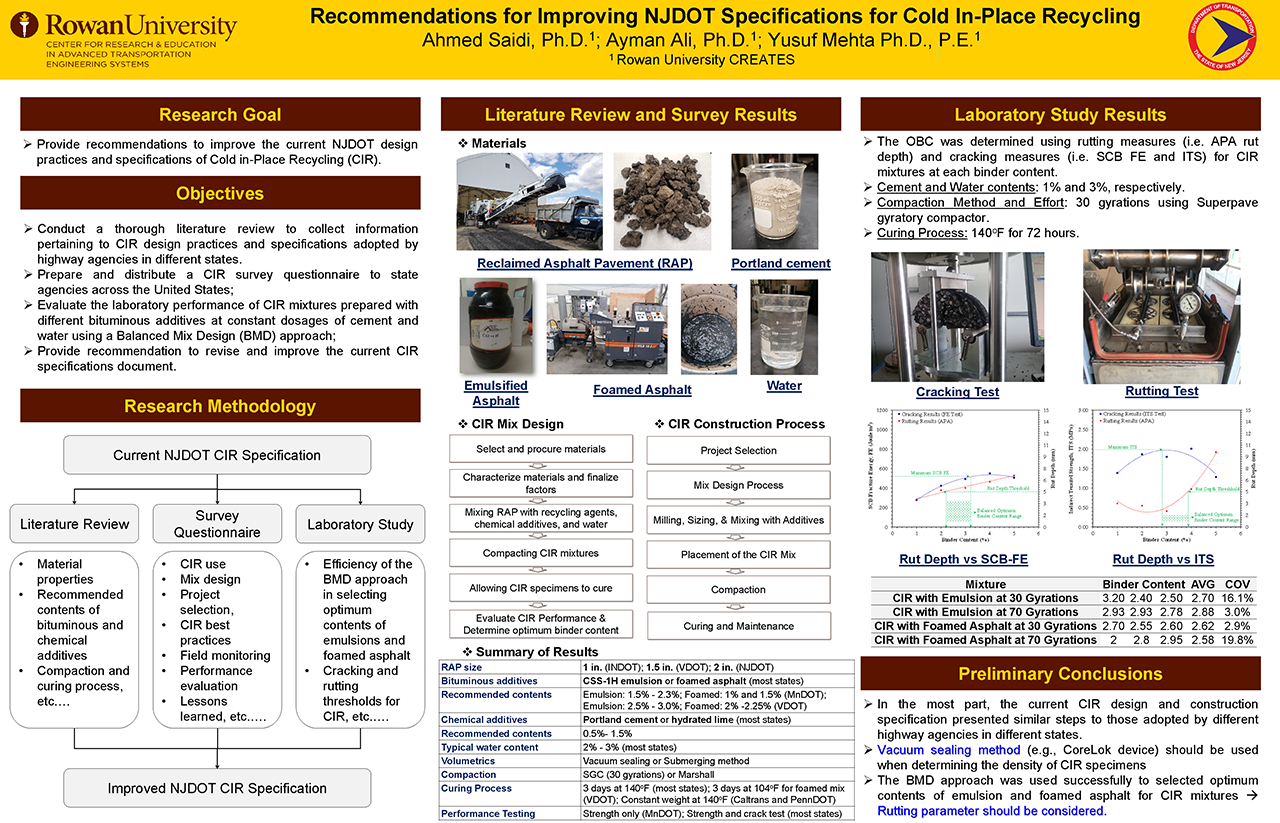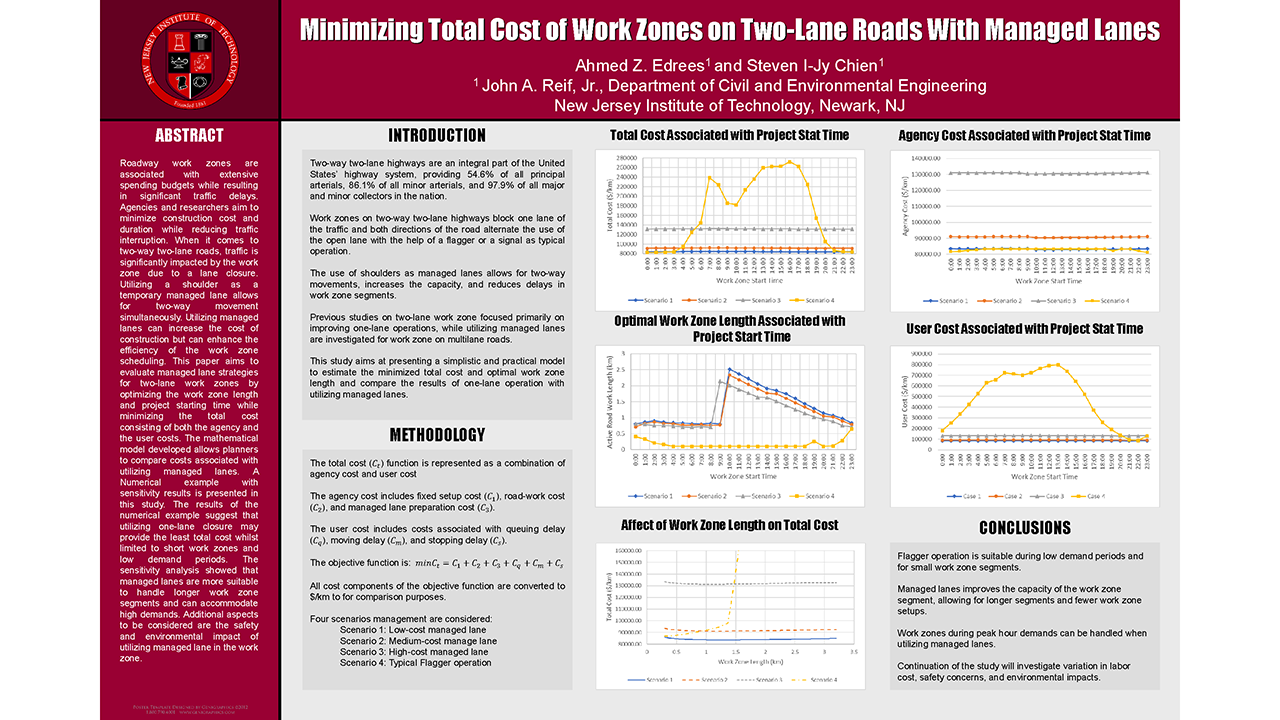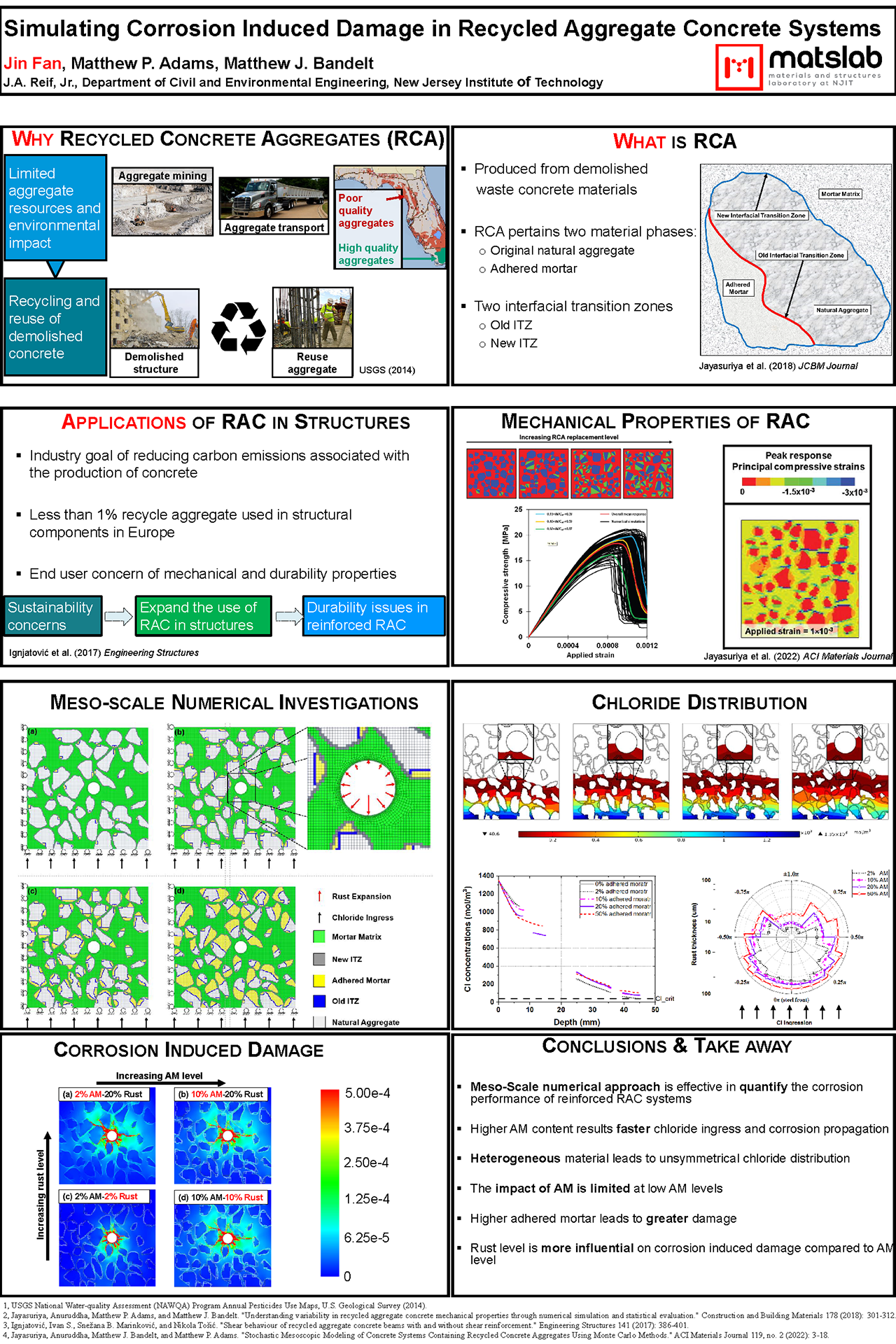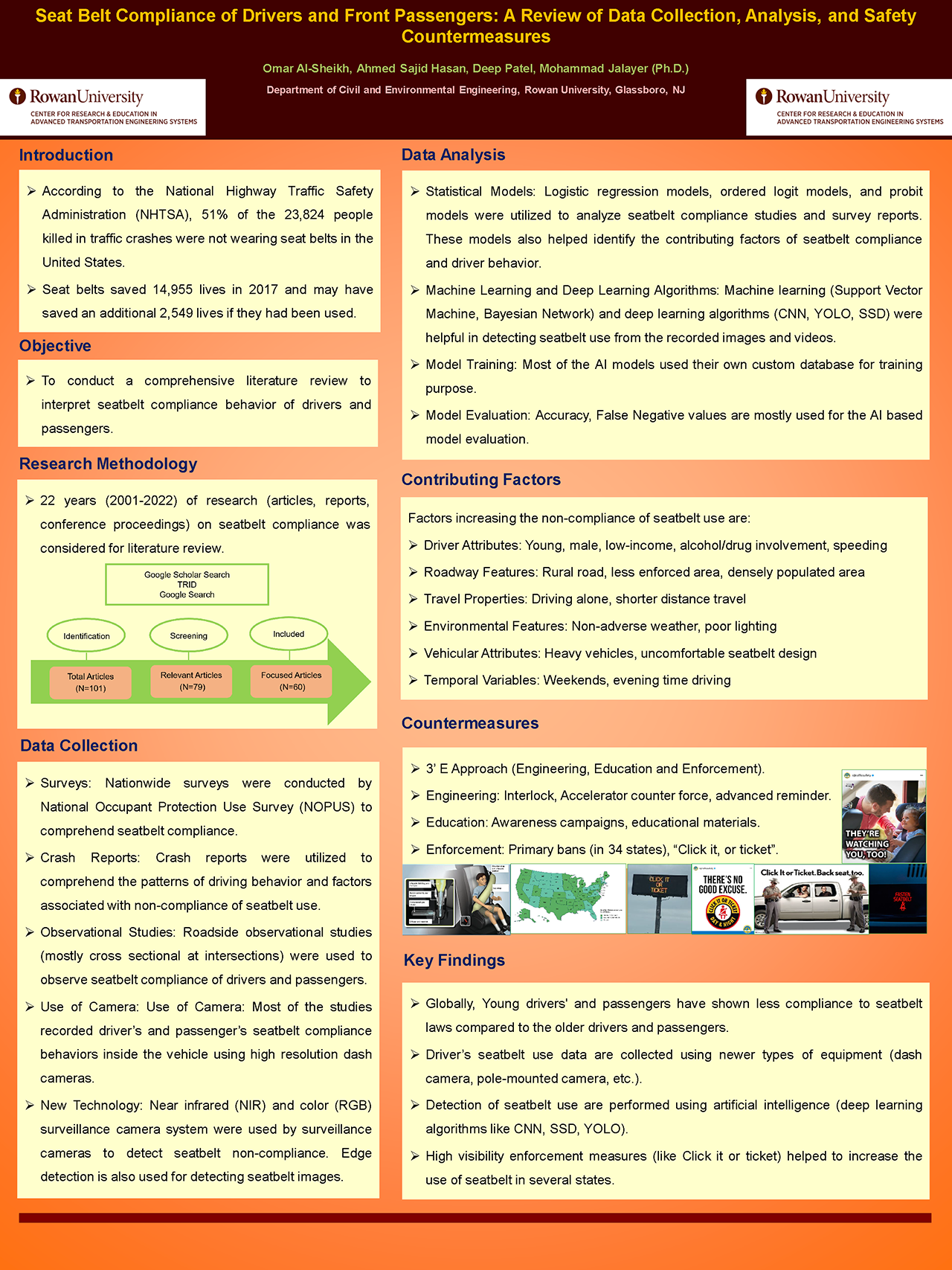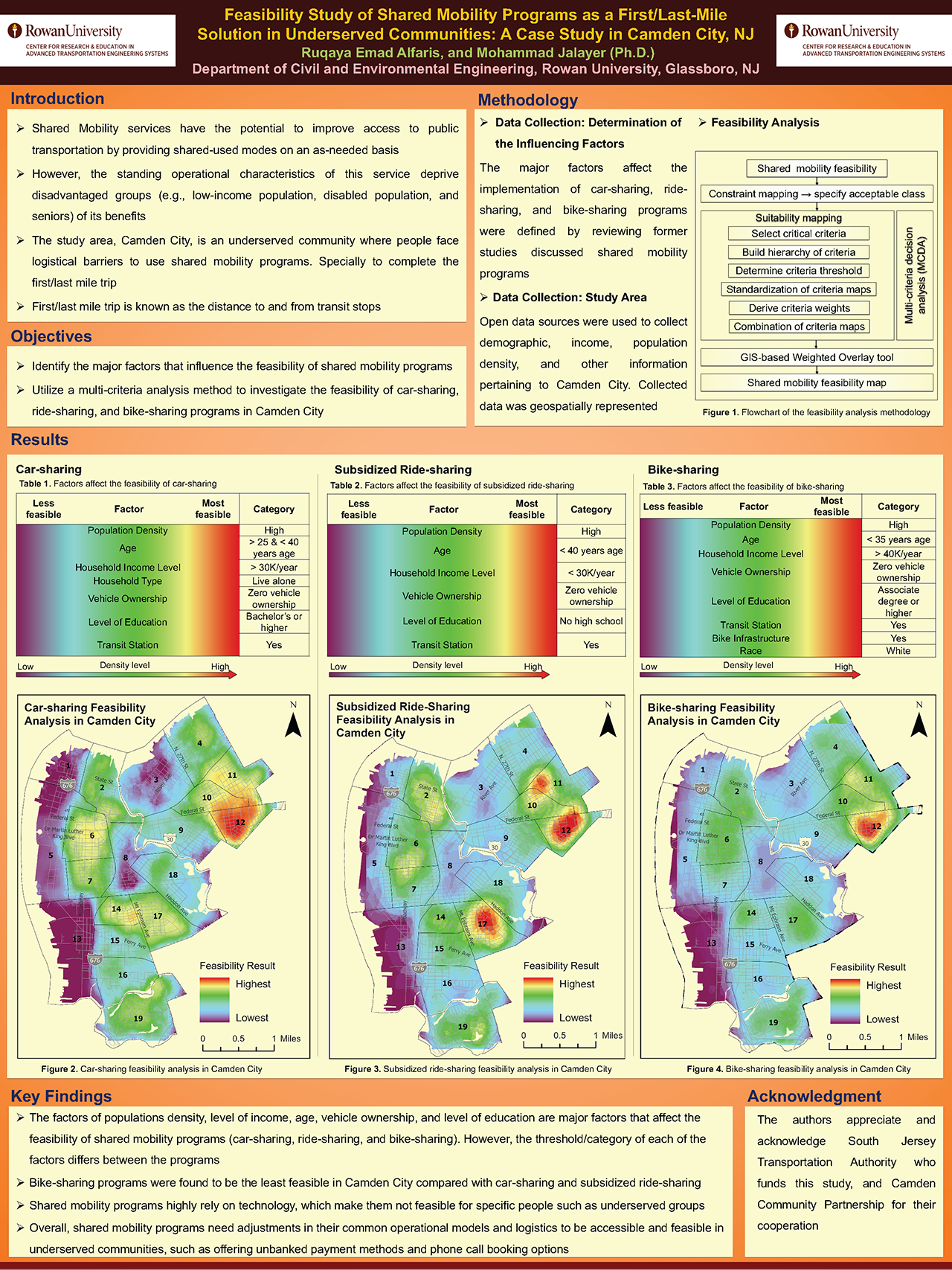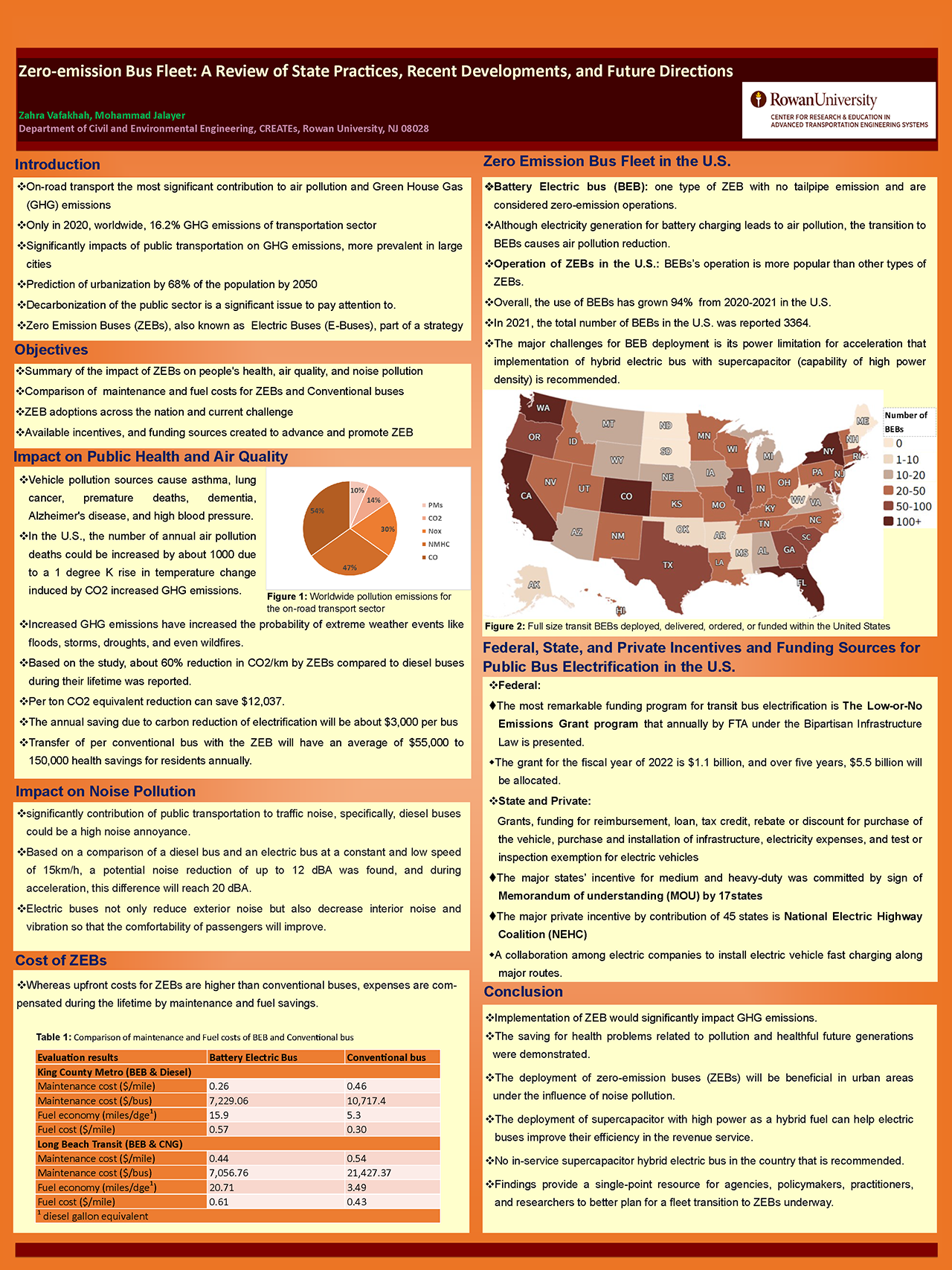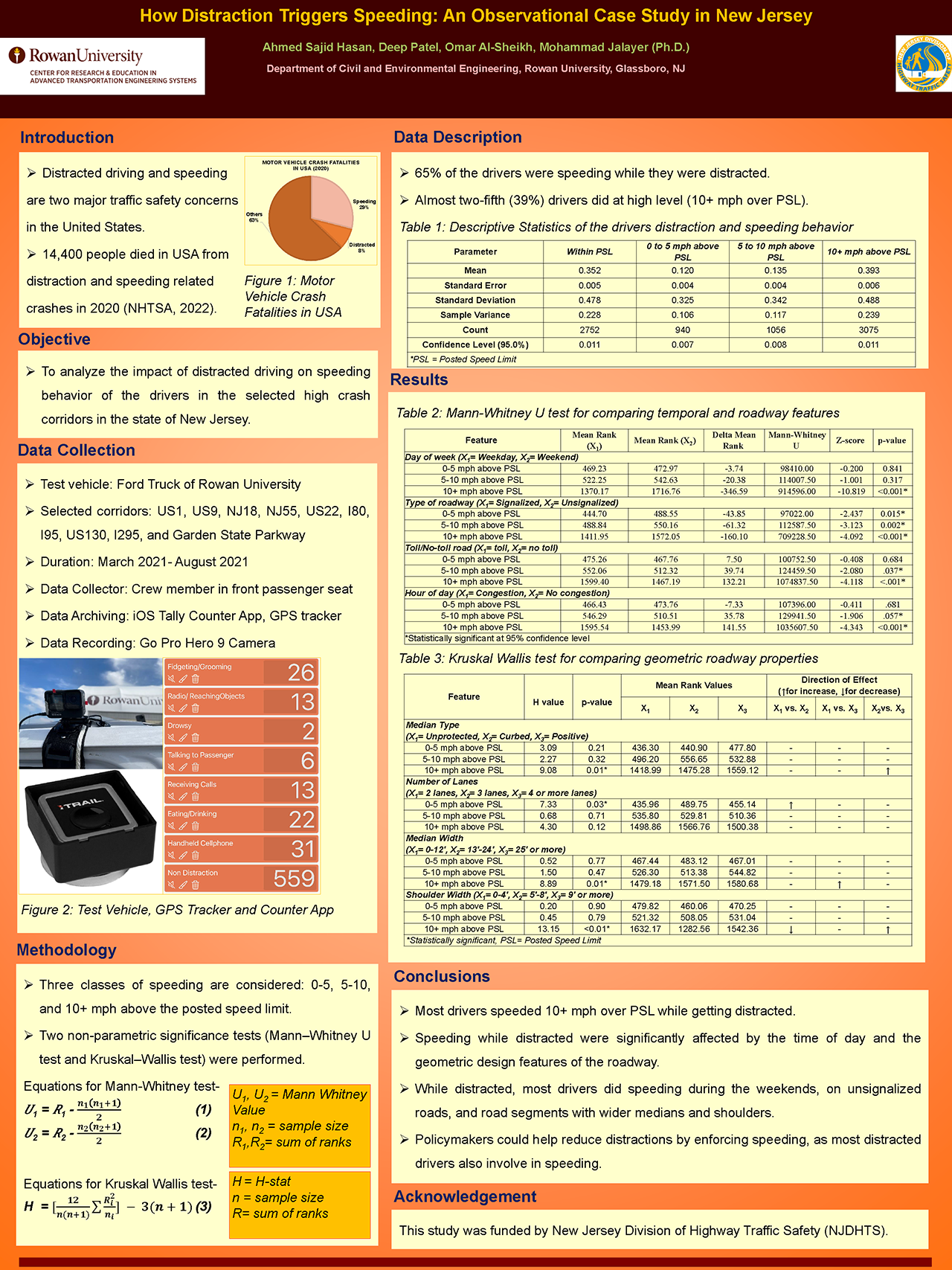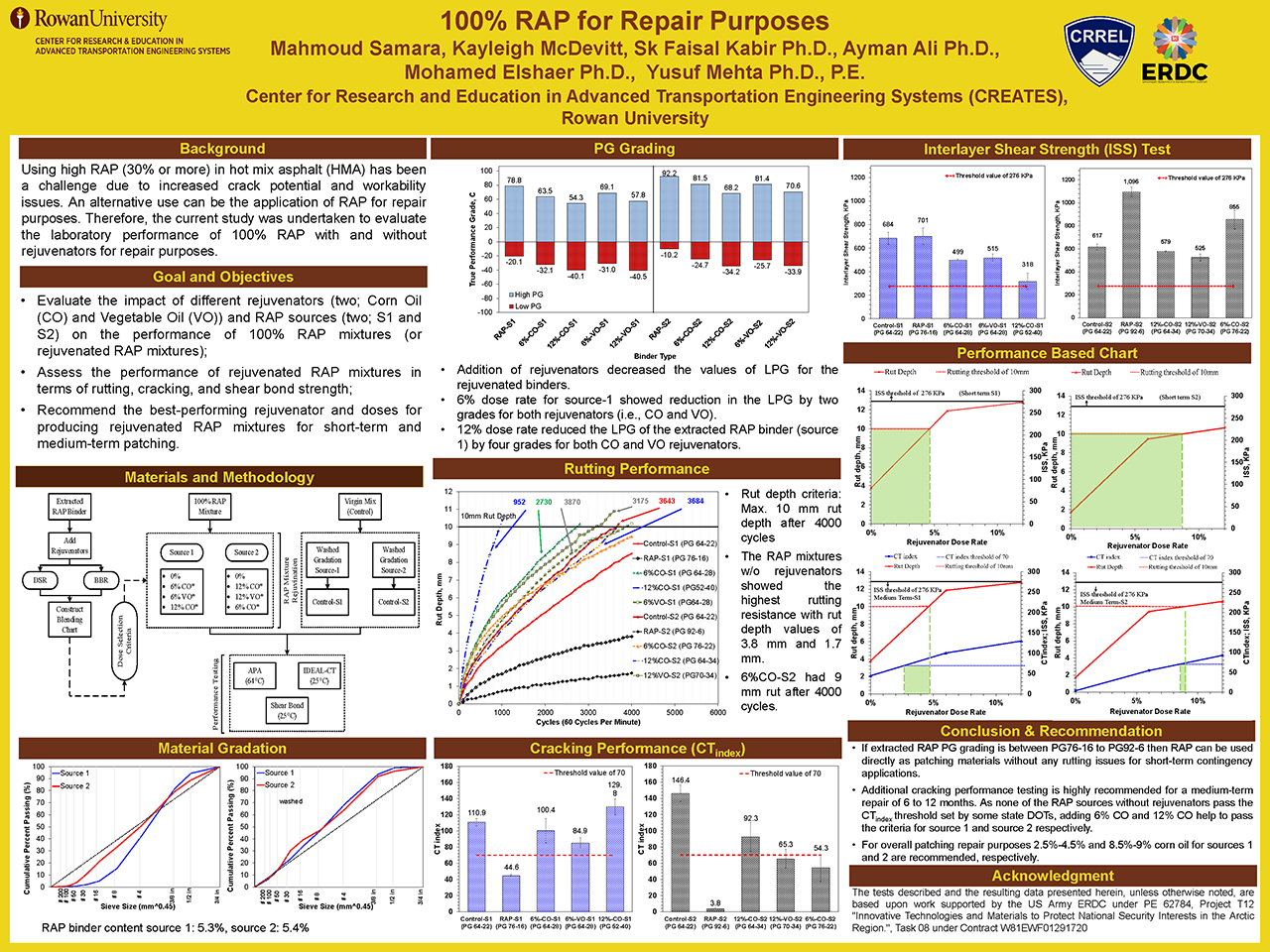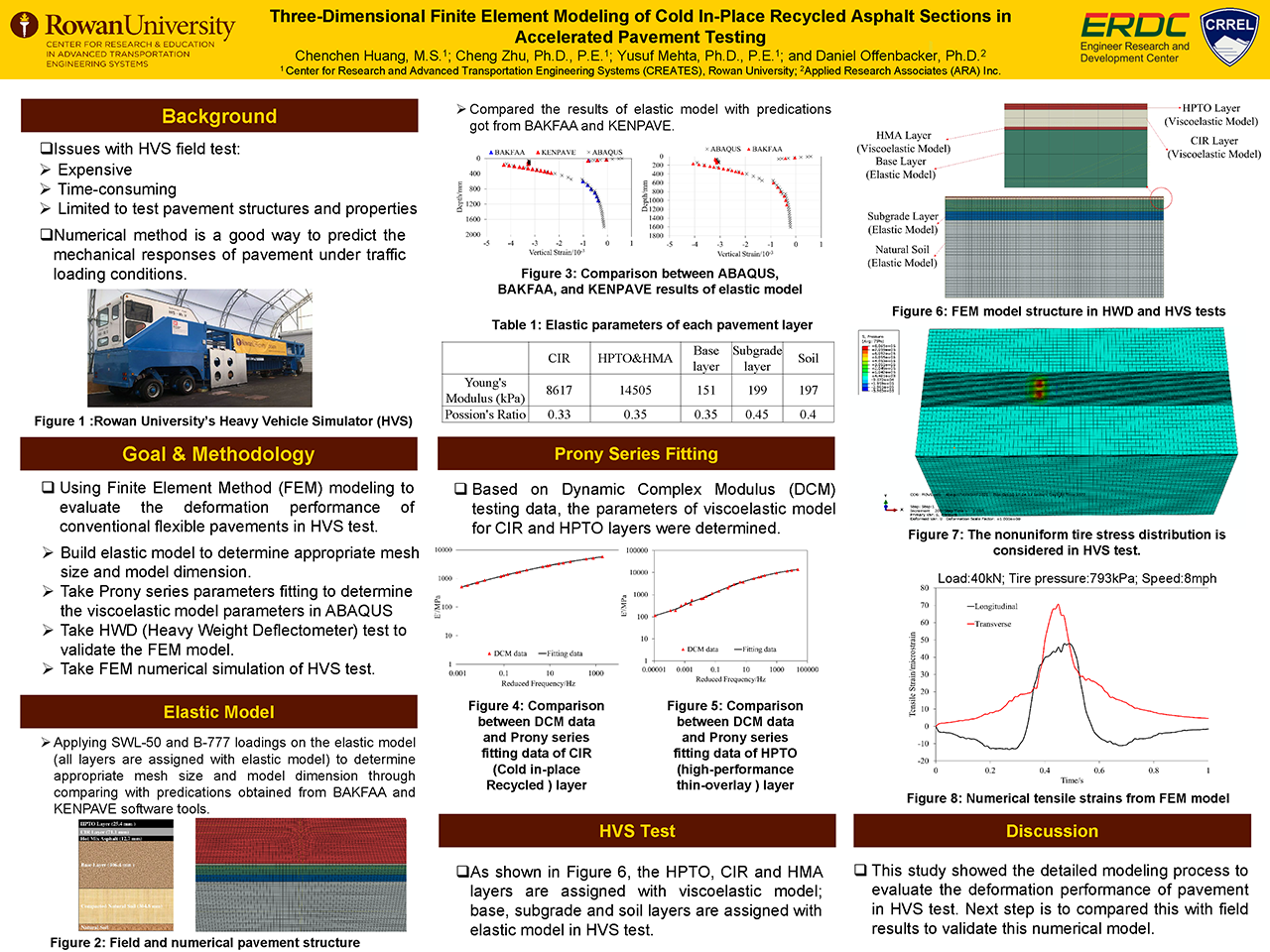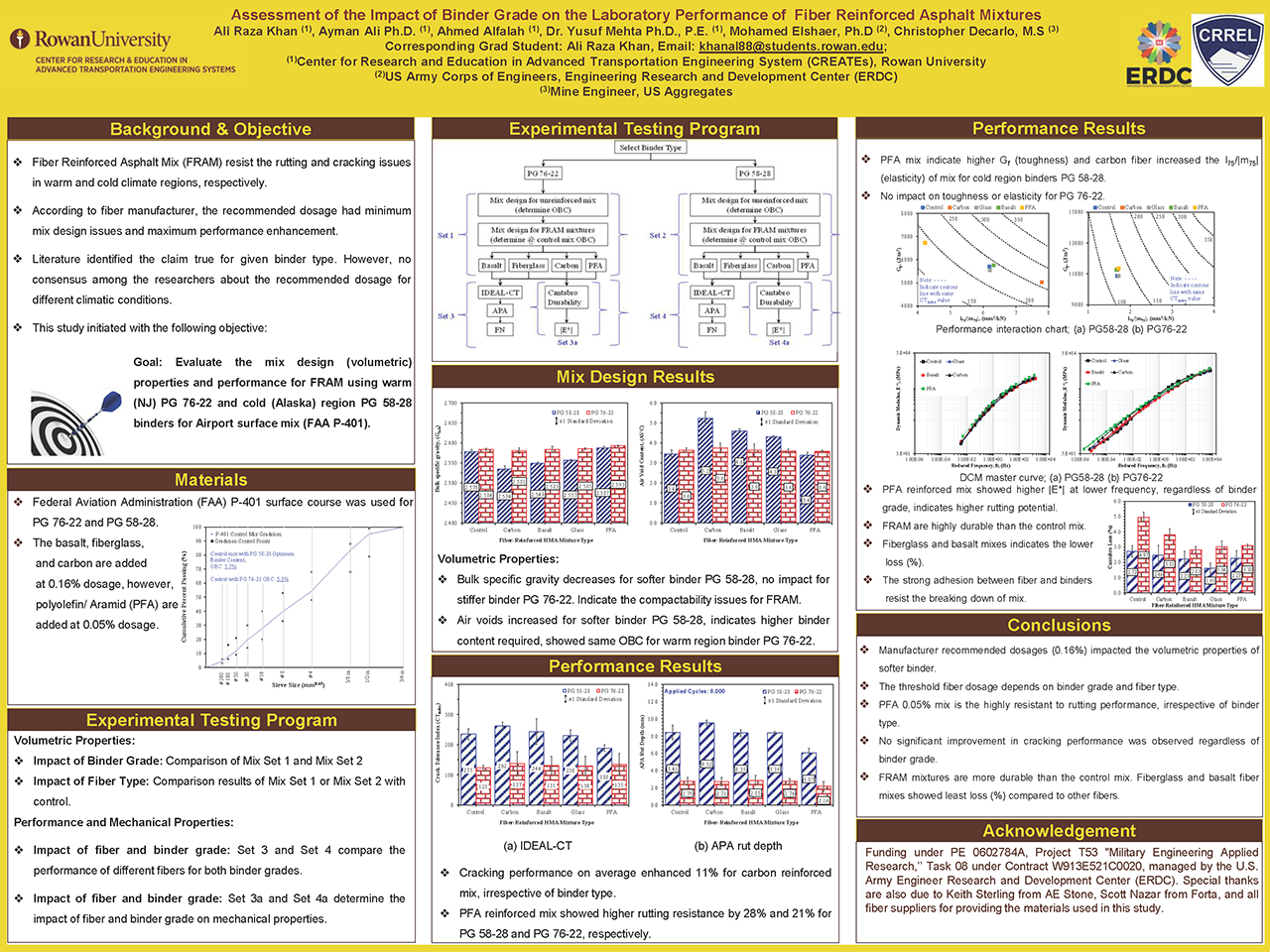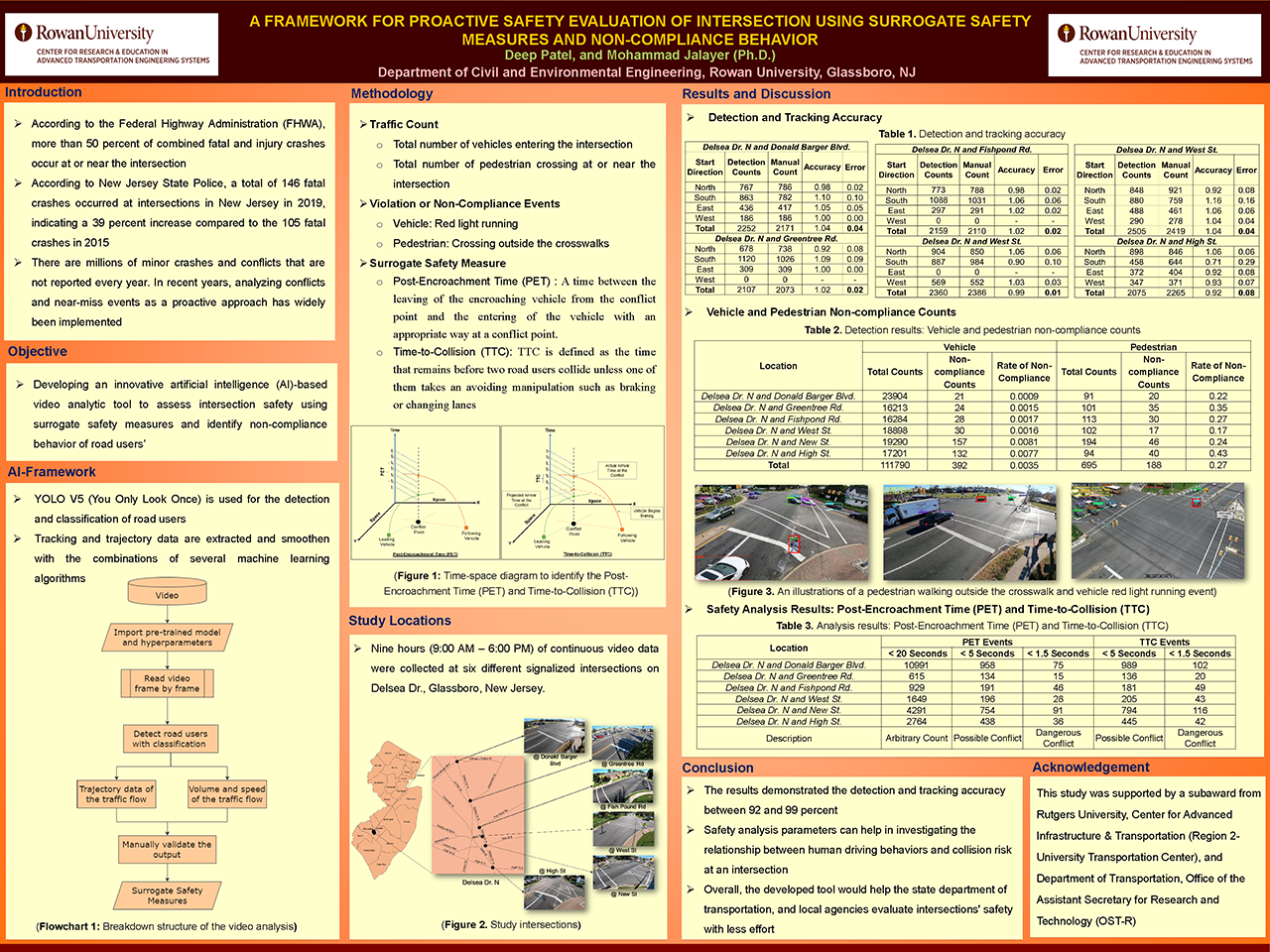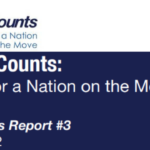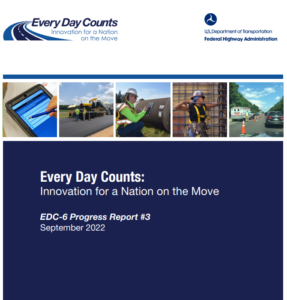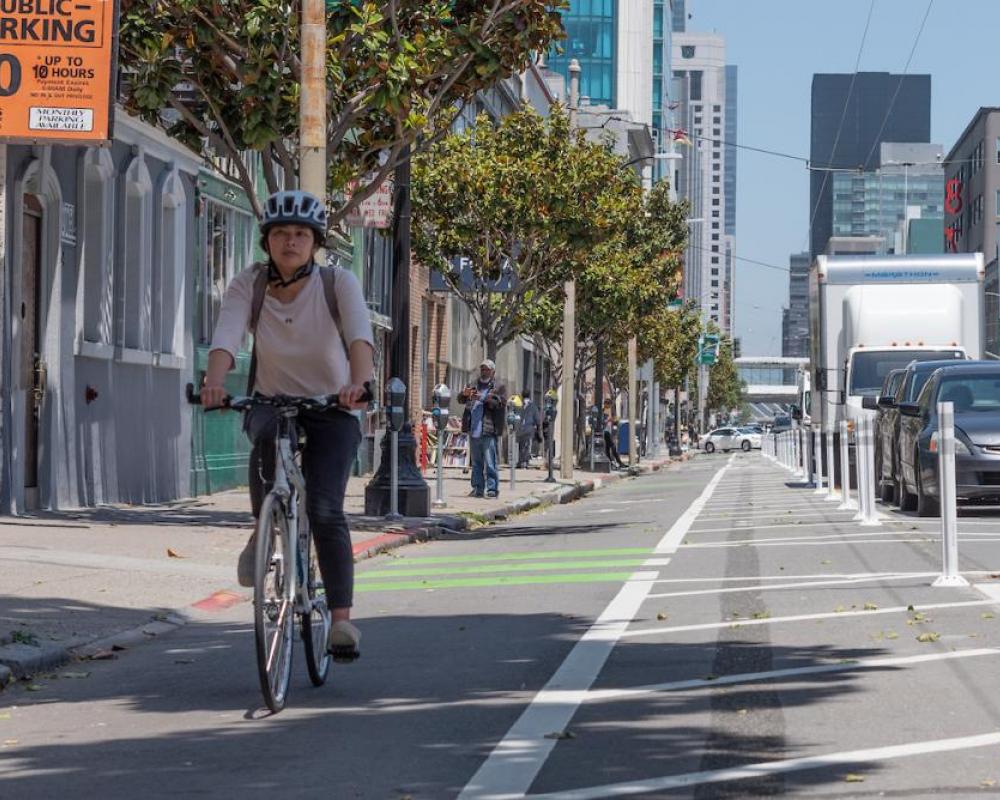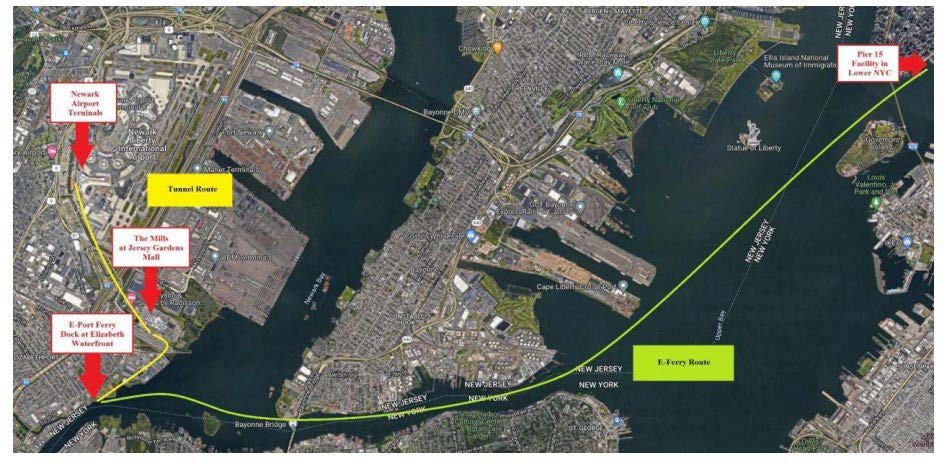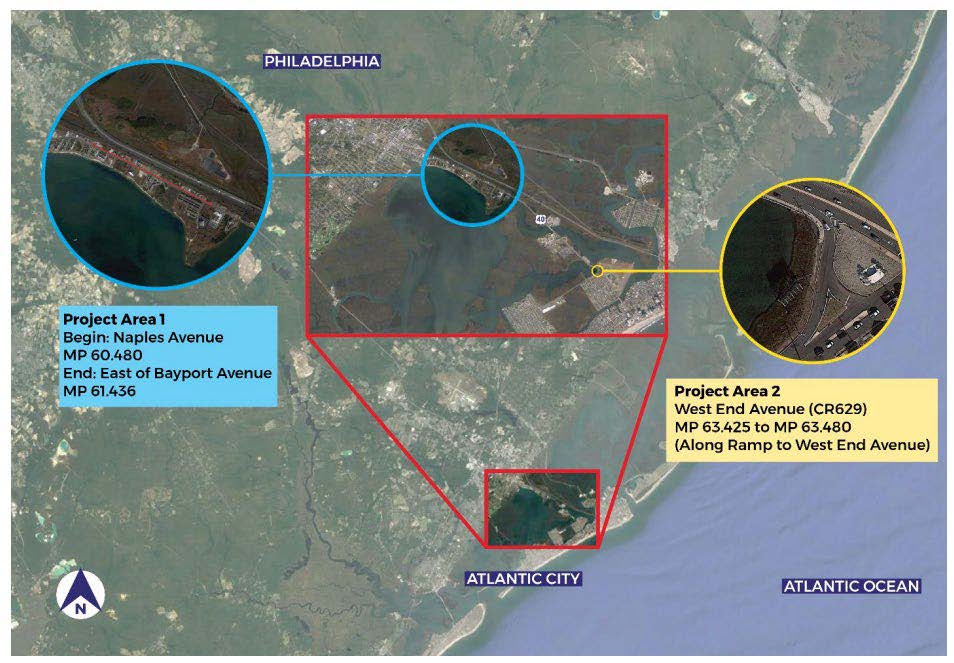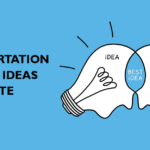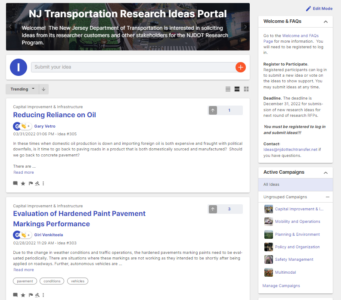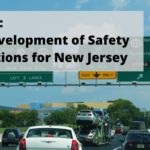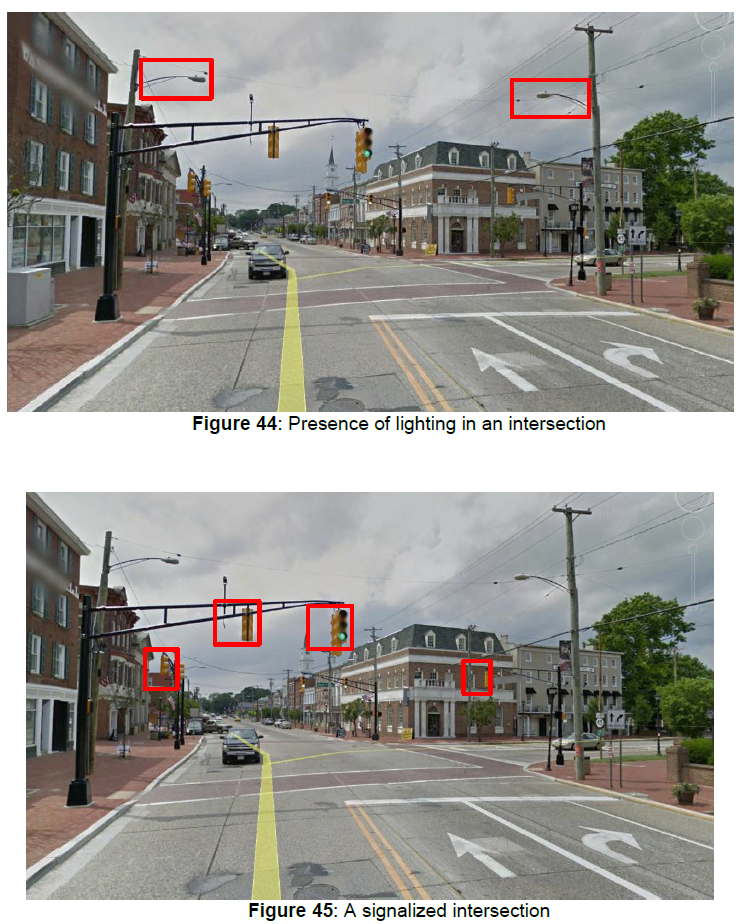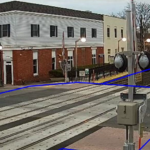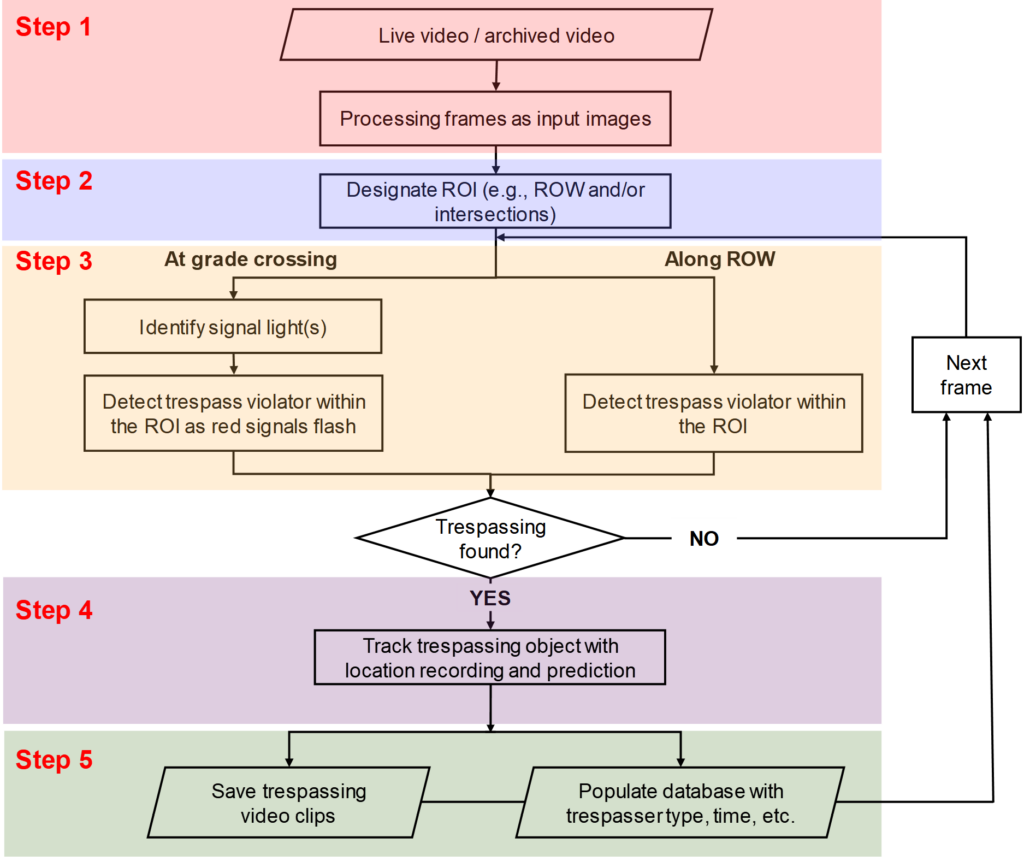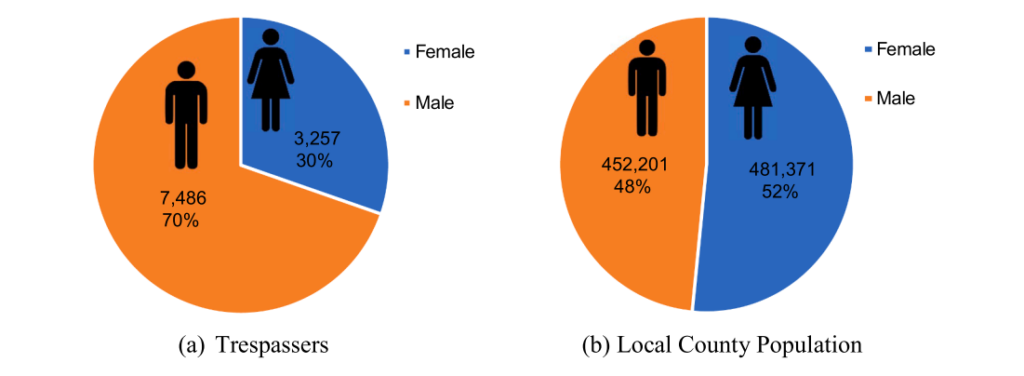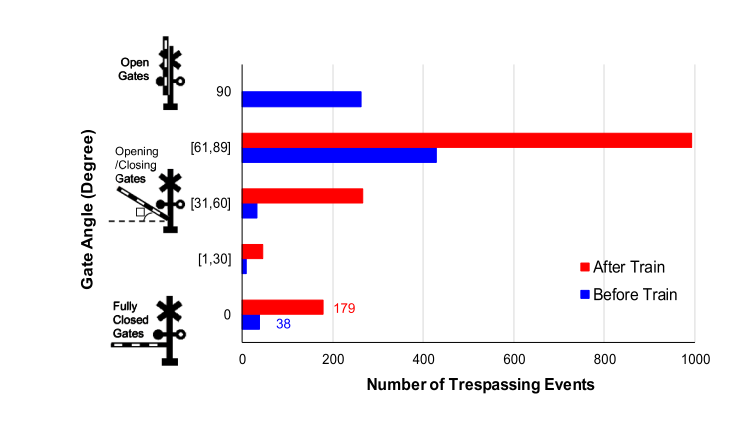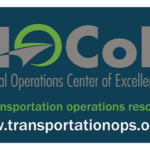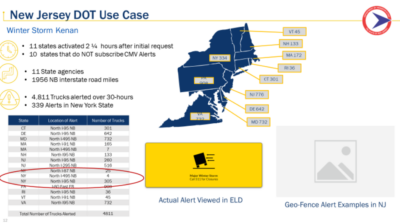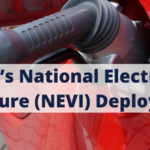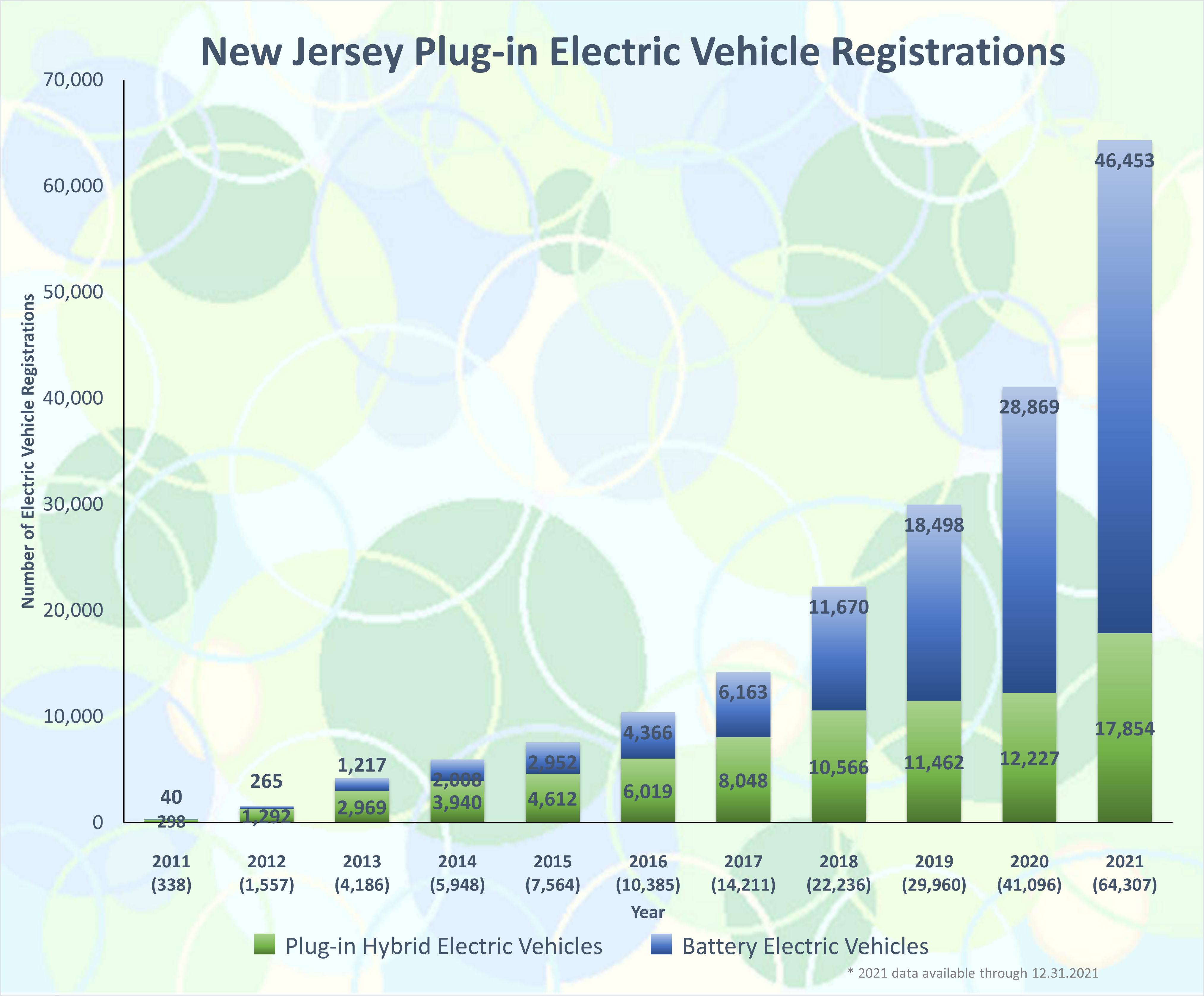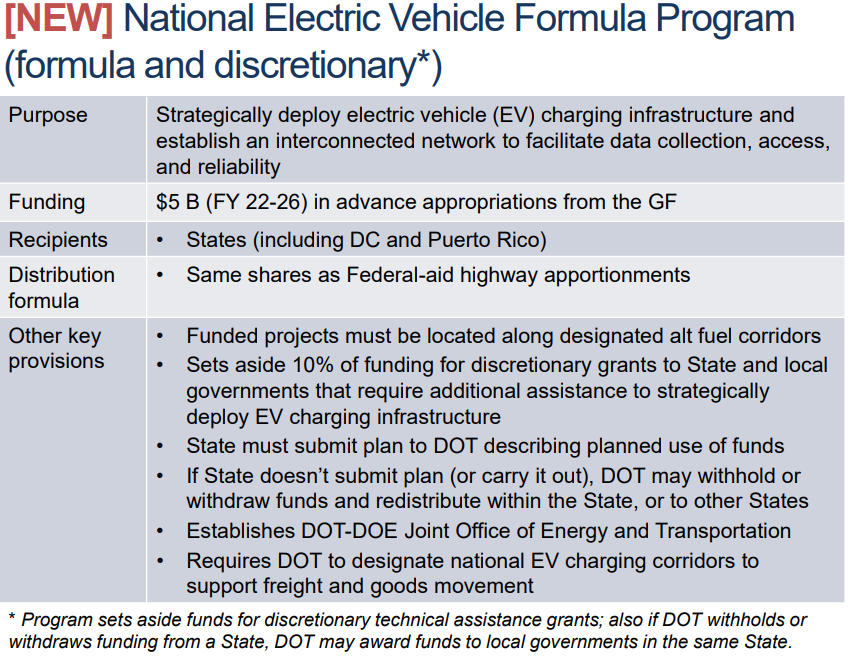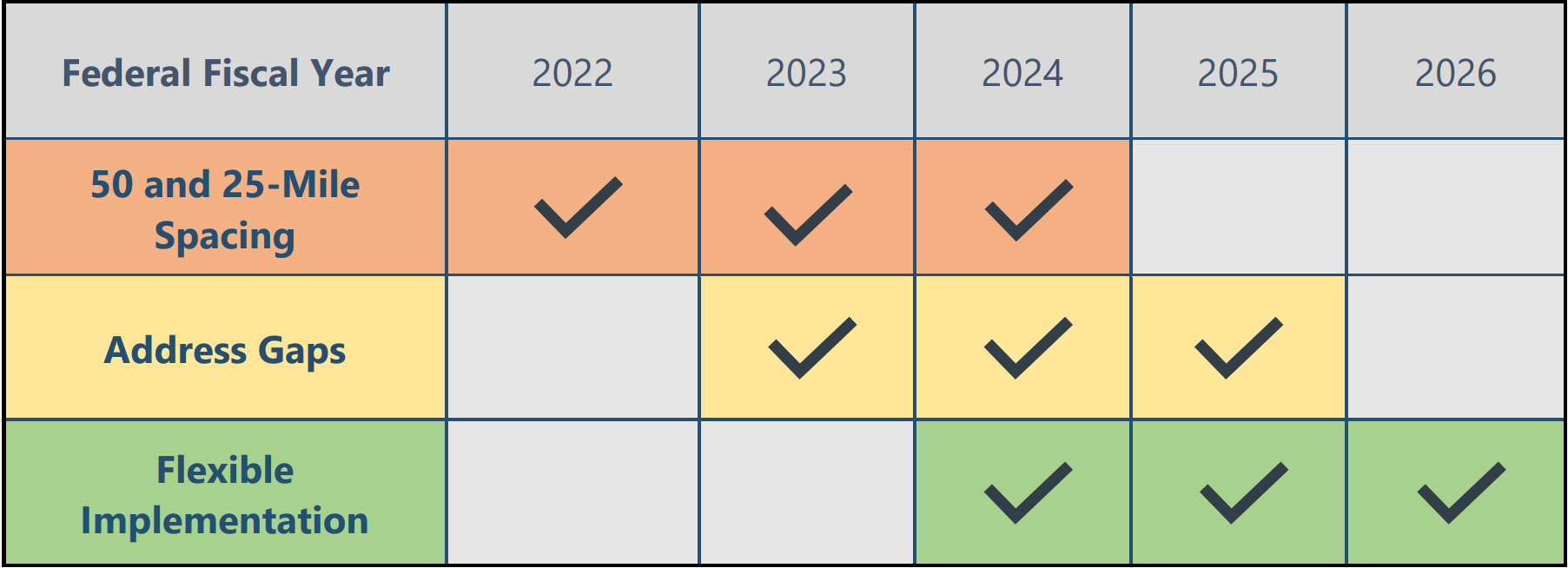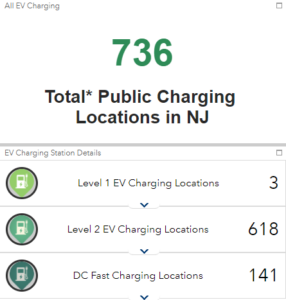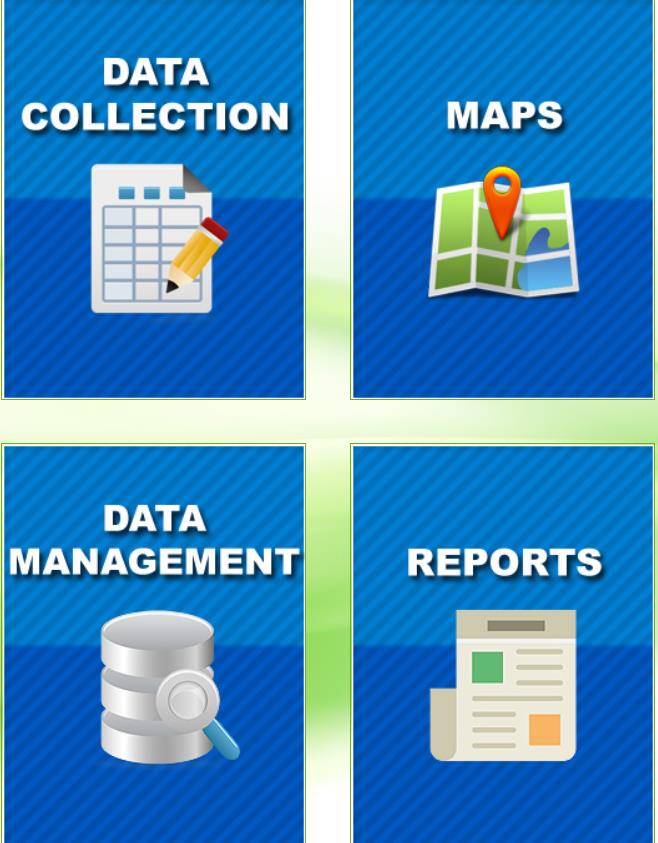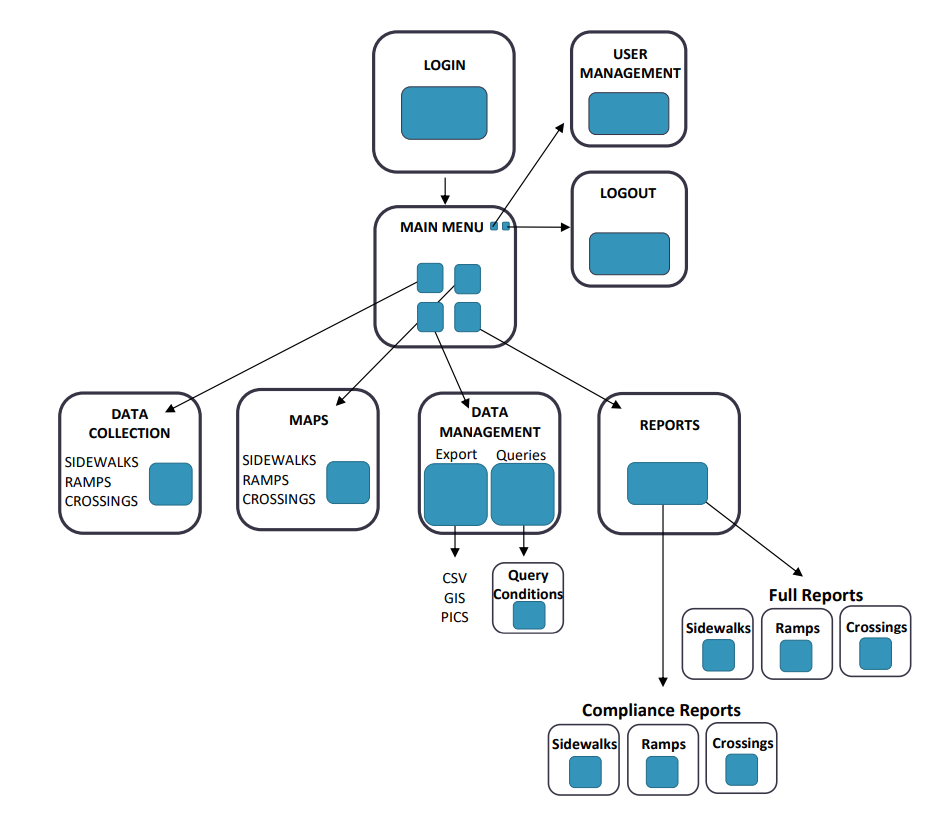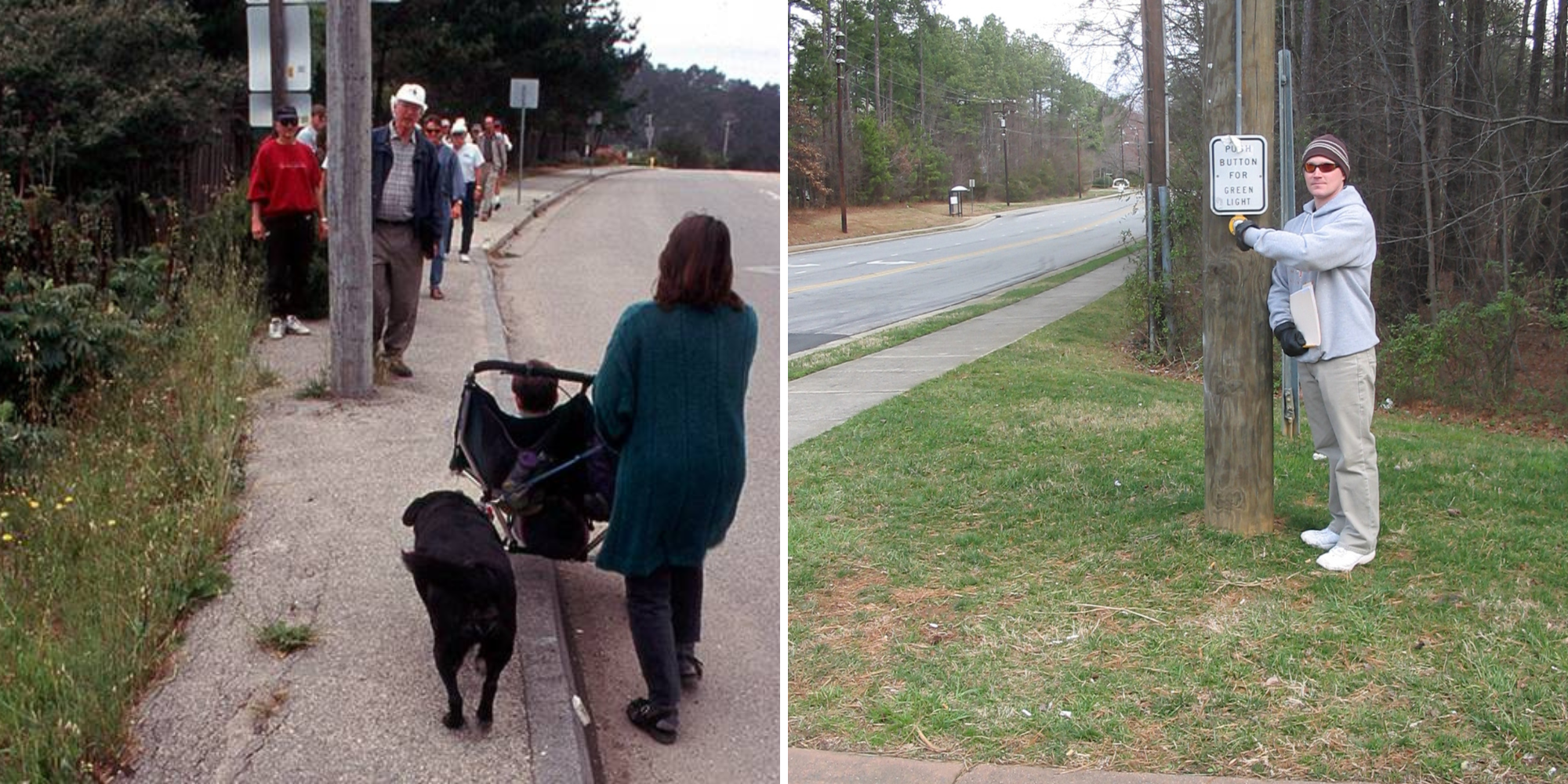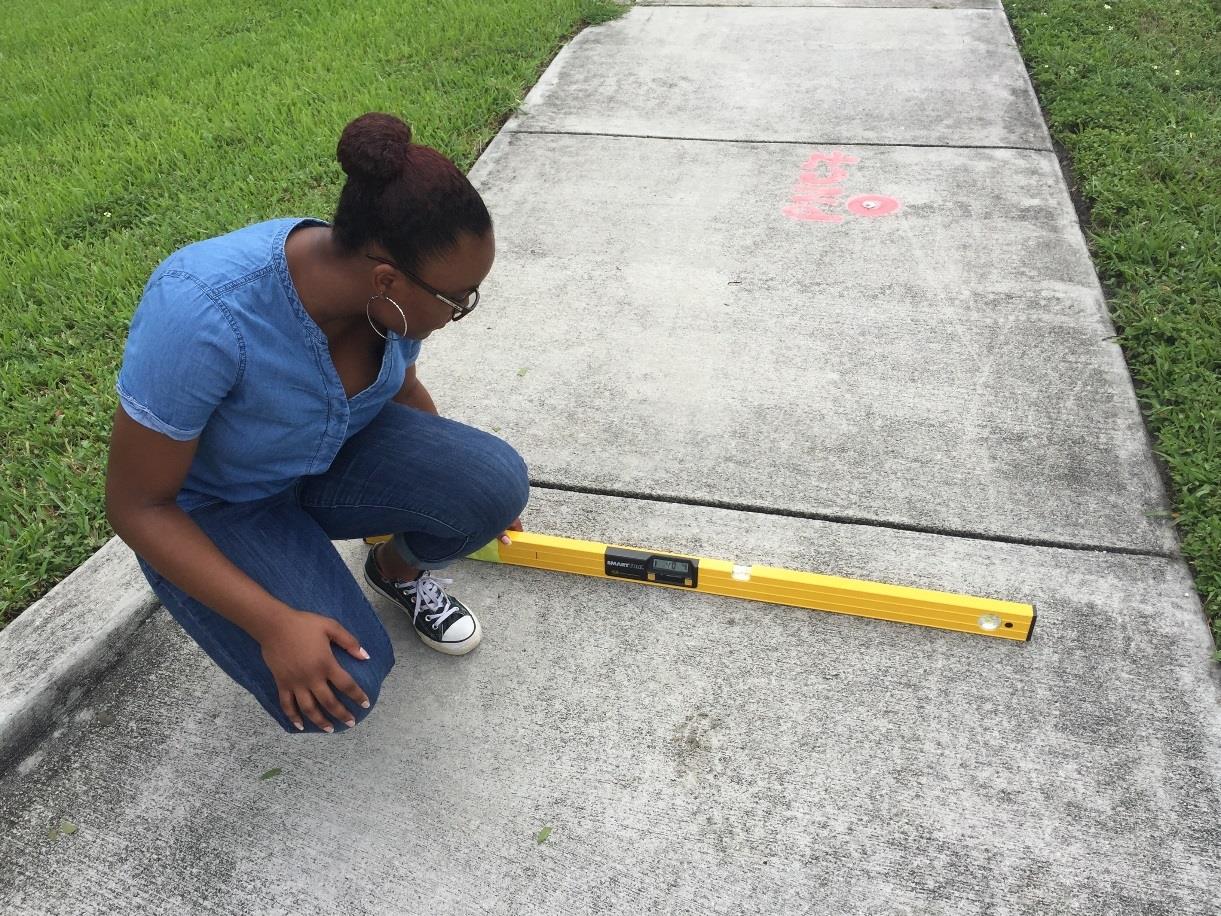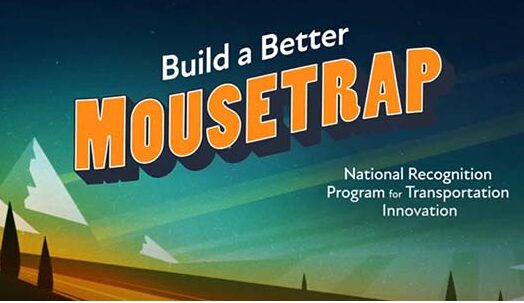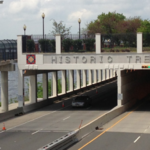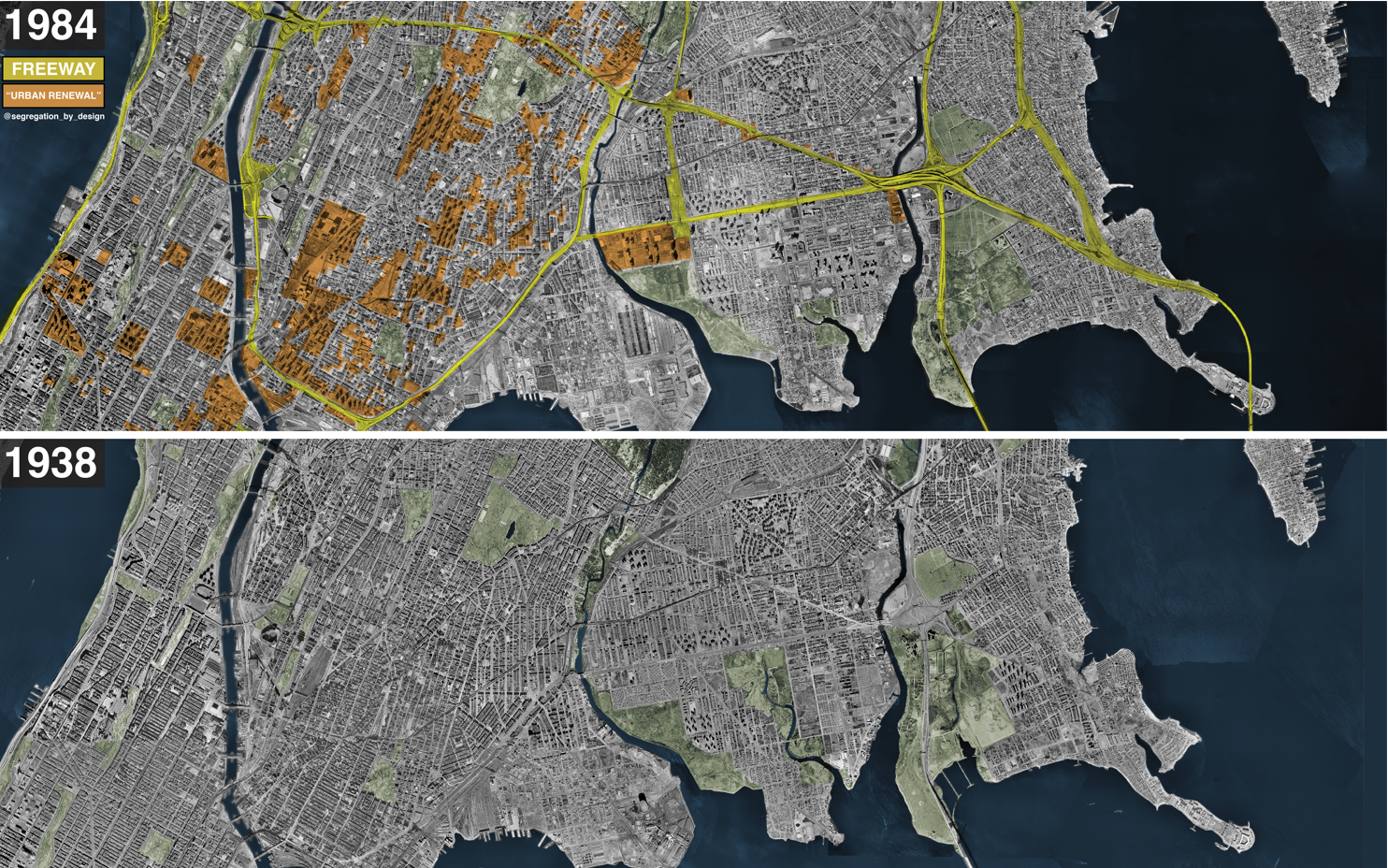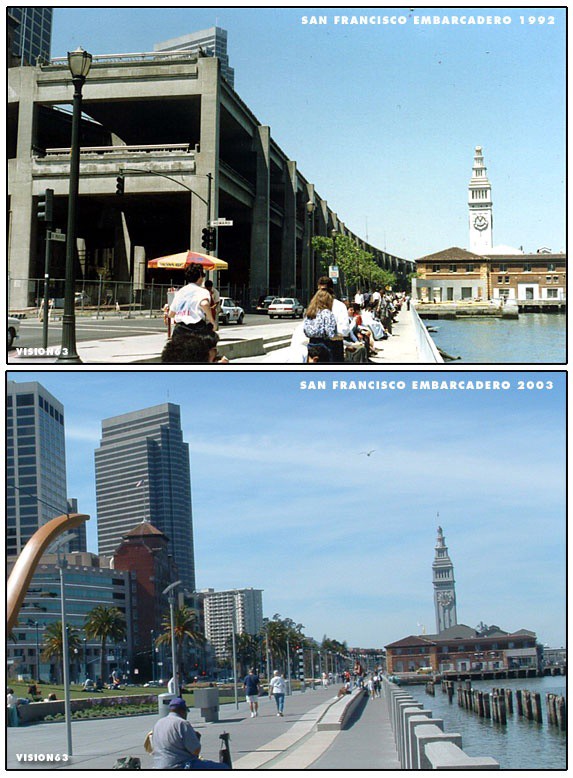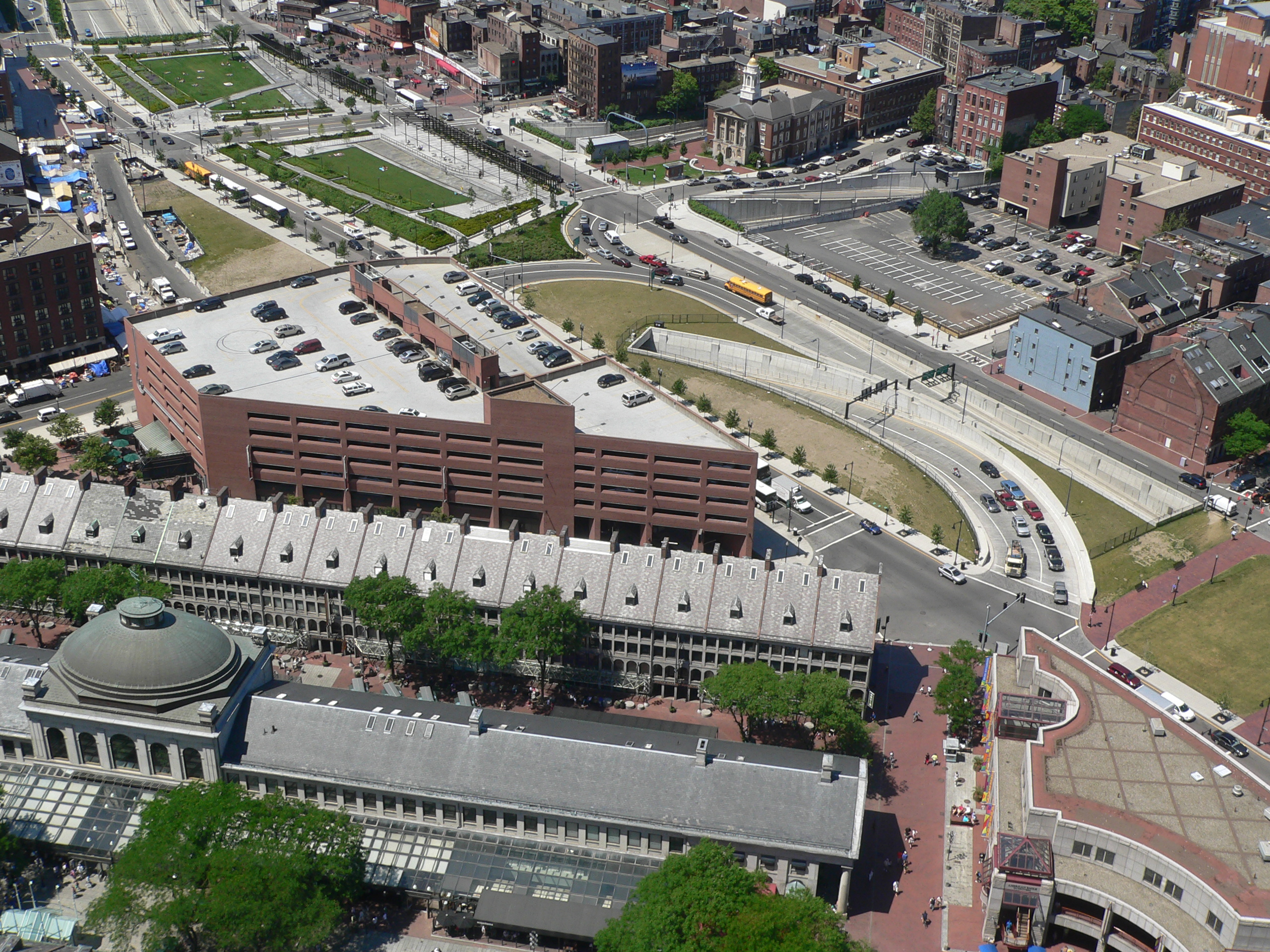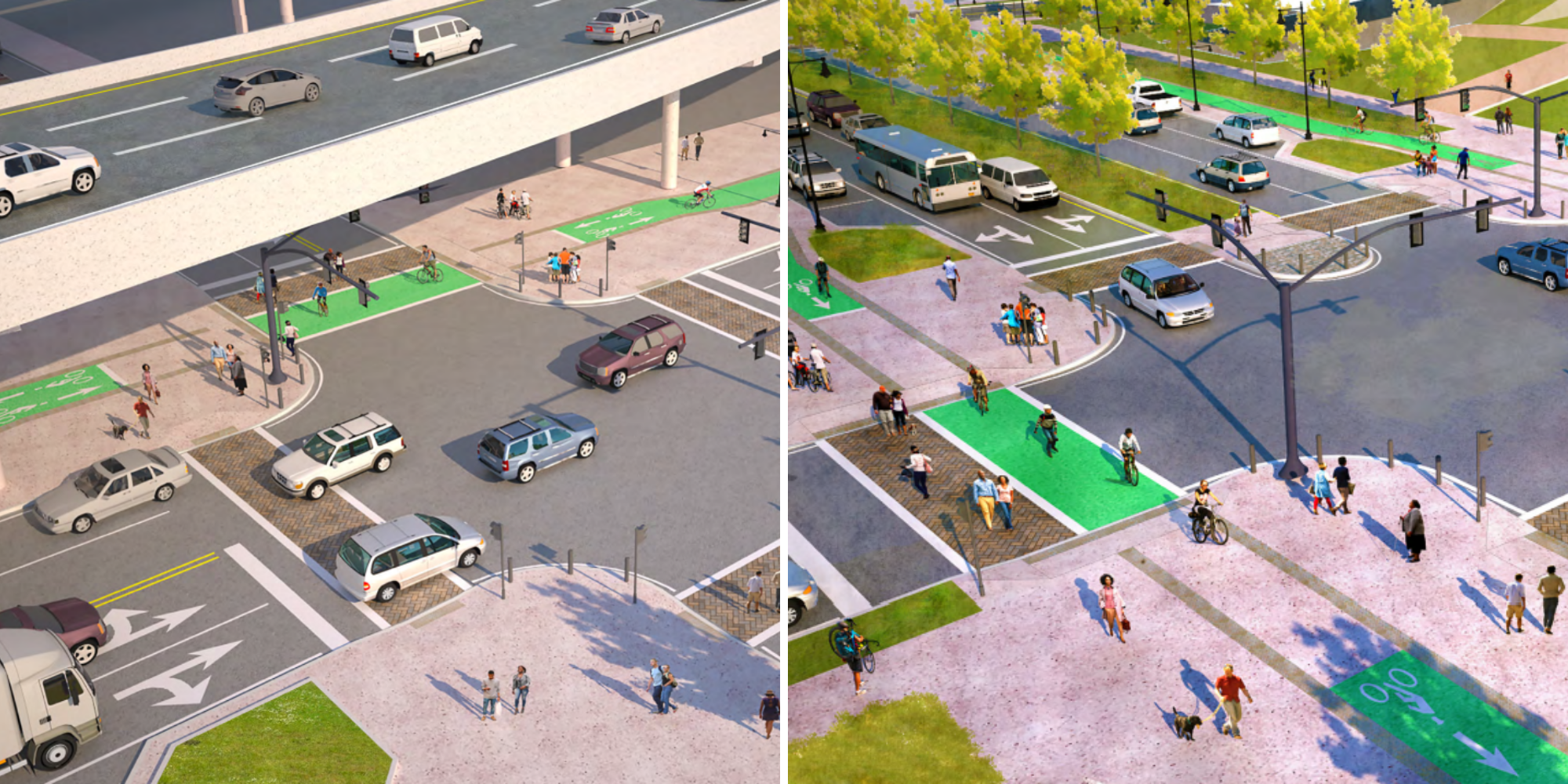The 24th Annual NJDOT Research Showcase provided an opportunity for the New Jersey transportation community to learn about the broad scope of academic research initiatives underway and share technology transfer activities being conducted by institutions of higher education partners and their associates. The annual event serves as a showcase to present the ongoing initiatives and benefits of the NJDOT Research program. This event was an in-person event with a livestreaming option with sessions held from 9:00am-2:45pm on October 26, 2022.
This year's Showcase theme, "Advancing Equity in Transportation" served as the organizing framework for the keynote speaker and panelists during the morning plenary session. Throughout the day the Research Showcase featured presentations on infrastructure, safety, mobility and equity topics being performed by research faculty, staff, and students and NJ agencies. Several awards were presented in recognition of research and implemented innovations.
The Research Showcase Program Agenda provides more information on the day's proceedings, including presented topics and speakers. Recordings of the plenary and breakout sessions, and the presentations and posters shared during the event can be found below.
MORNING
Mike Russo, NJDOT Assistant Commissioner, Planning, Multimodal, and Grants Administration, welcomed attendees to the Research Showcase event.
Parth Oza, Assistant Commissioner, Capital Program Management, provided opening remarks focusing on ways that NJDOT has embedded equity in the project delivery process. Mr. Oza emphasized the importance of gathering input from communities affected by transportation projects throughout all project phases, using grant applications to address the impact of flooding on disadvantaged communities, and planning for the safety of all road users through the agency’s Complete Streets policy.
Valeriya Remezova, Deputy Division Administrator, Federal Highway Administration's New Jersey Division congratulated NJDOT for receiving the FHWA and AASHTO Innovative Initiative 2022 STIC Innovation Excellence Award. She recognized NJDOT research initiatives with an equity focus and noted New Jersey’s Metropolitan Planning Organization initiatives that advance equity.
Keith Benjamin, Associate Administrator for Highway Policy and External Affairs, Federal Highway Administration provided the keynote address. Mr. Benjamin discussed the Infrastructure Investment and Jobs Act and the opportunities to use this funding to address equity in transportation planning, project development, and other activities. He noted that the funding allows for new ideas of transportation to become a reality, and looks forward to subsequent policy embedding these changes in people’s everyday transportation experience. He noted the program’s success will be measured by improvements such as people being able to cross the street safely, mitigation of unsafe corridors, availability of bus shelters, and repaving of dangerous streets. He offered several examples of local initiatives where collaboration among partner agencies and organizations and involvement of local residents in the process resulted in more equitable projects.
Mr. Benjamin responded to several questions in a Q&A session that followed his keynote remarks.
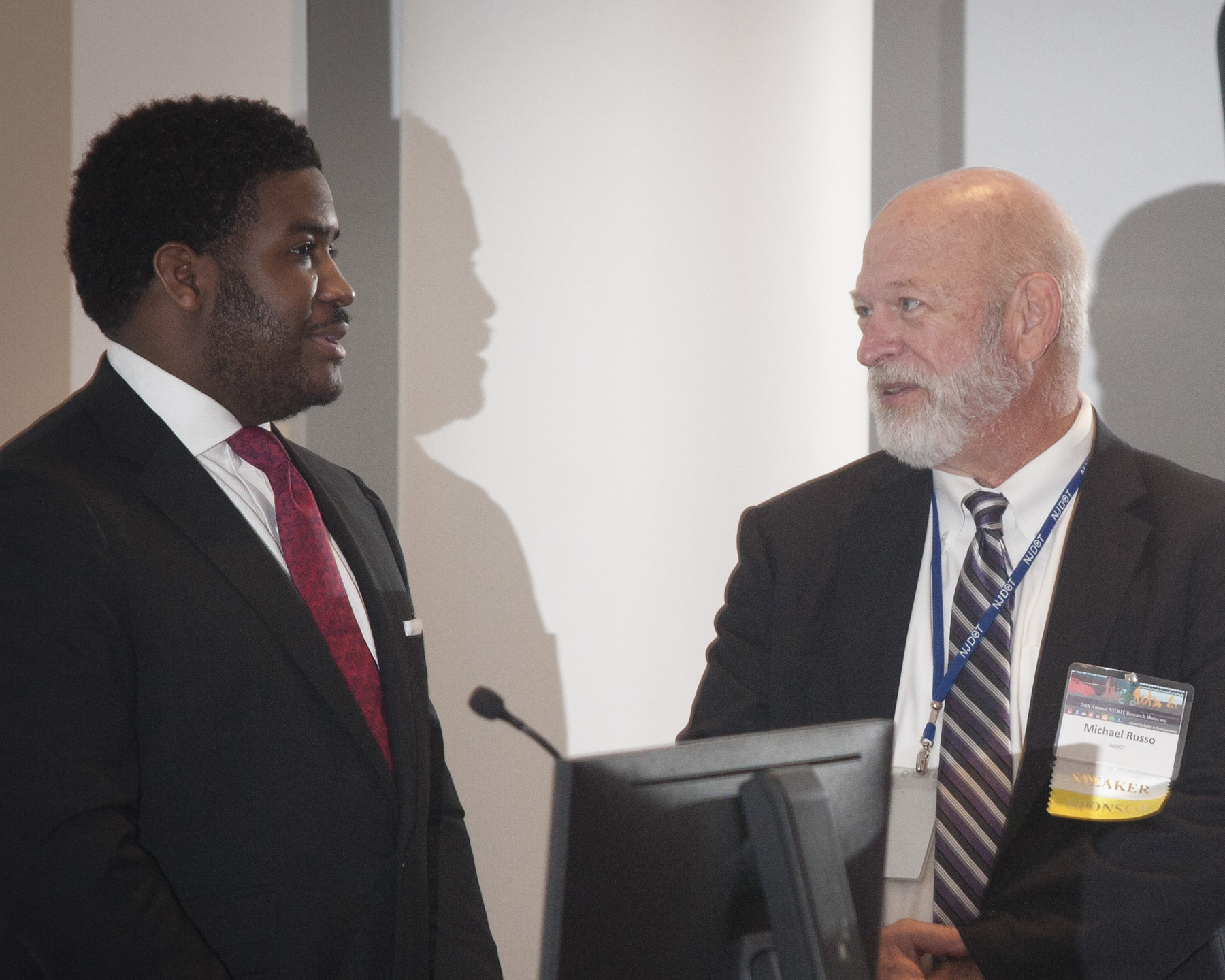
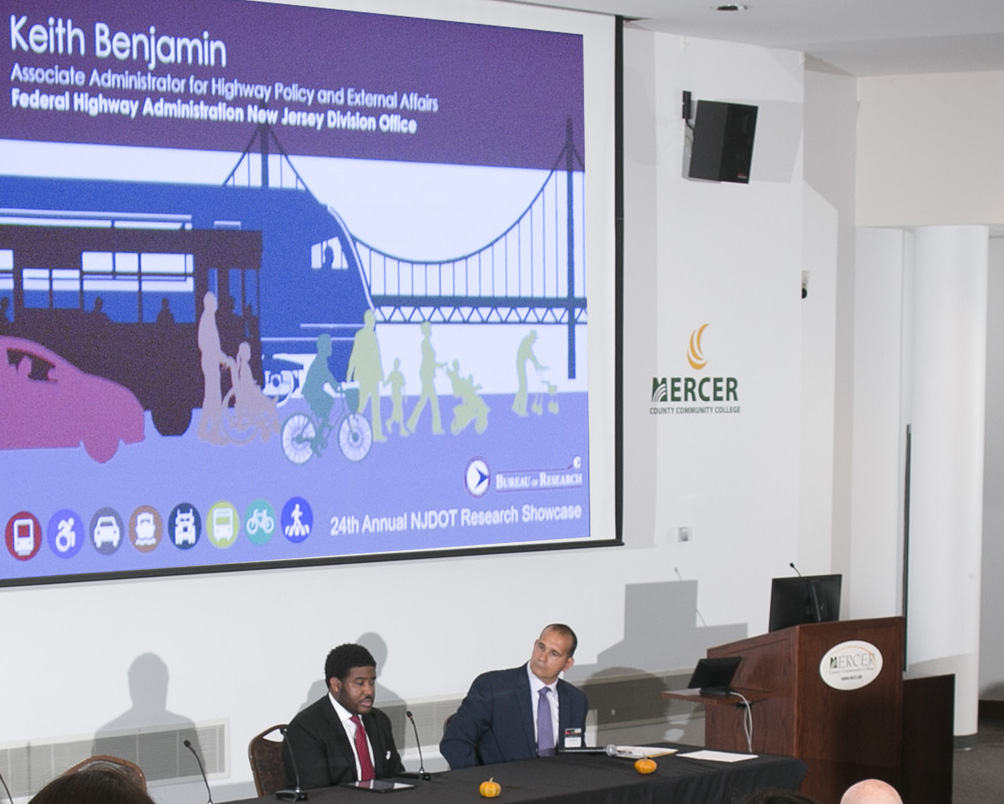
An interactive panel discussion, "Perspectives on Advancing Equity in Transportation," followed the keynote session with state, local and transportation management association (TMA) representatives who presented examples of the equity initiatives underway in their organization and reflected on some of the continuing challenges and opportunities for advancing equity in transportation in New Jersey. The panelists included:
- Elkins Green, Director, Environmental Resources, New Jersey Department of Transportation. Green served as the Moderator for the session.
- Veronica Murphy, Director’s Office, Division of Local Aid & Economic Development, New Jersey Department of Transportation. Ms. Murphy shared a short video of the organization of Local Aid & Economic Development and provided an overview of the role that her office plays in providing grant funding for transportation projects. Ms. Murphy noted that equity considerations are embedded in the distribution of funding and in the process of providing technical assistance to communities through the Local Aid Resource Center.
- Krishna Murthy, President, EZ Ride described the mission and various activities of his TMA and focused on the organization’s EZ Ryde4Life program that assists older adults by coordinating with Lyft and Uber to provide rides. EZ Ride is trying to make the program more accessible to individuals who are paying directly for the program and have no sponsoring organization and described the affordability challenges for the users and operator.
- Andrew Tunnard, Assistant Commissioner, Transportation Operations Systems & Support, New Jersey Department of Transportation. Mr. Tunnard spoke about the Trenton MOVES project, an autonomous vehicle system that is being planned to offer transit shuttle services for an urban core population in the City of Trenton that tends to have one or no cars and spends a high proportion of their income on transportation to reach regional employment and other opportunities.
- Byron Nicholas, Supervising Transportation Planner, Hudson County Engineering described the County’s efforts to advance equity through project prioritization, public involvement, multimodal safety.
Participants responded to a series of questions posed by the moderator and by the audience members.
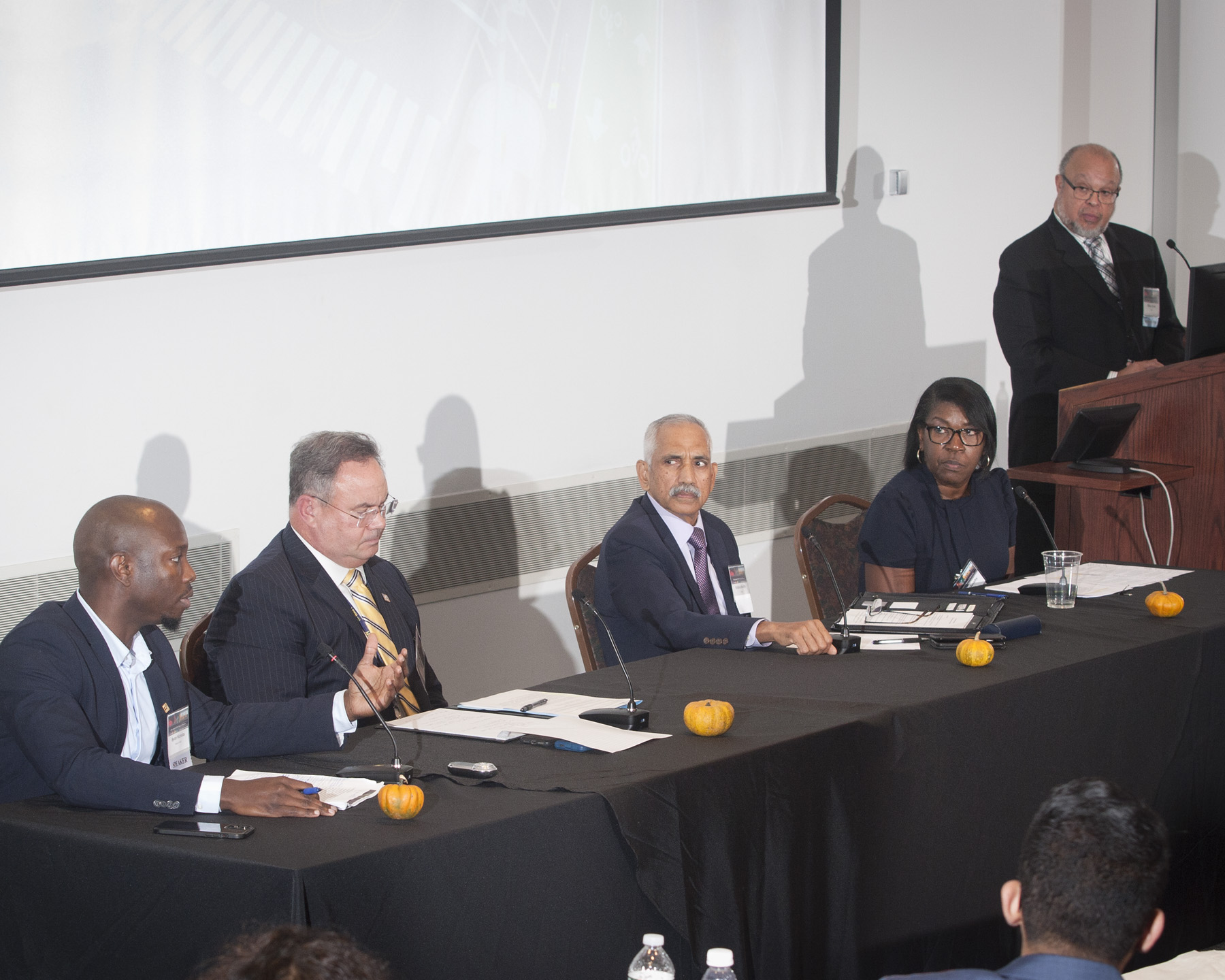
Perspectives on Advancing Equity in Transportation Panel Discussion Recording
The program continued as Amanda Gendek, Manager, NJDOT Bureau of Research, announced several awards given in recognition of research, innovation and implementation efforts. Below is a listing of the award winners presented at this year's showcase:
- 2022 Outstanding University Student in Transportation Research Award – Xiao Chen, Rutgers University (Innovative Pothole Repair Materials and Techniques)
- 2022 Research Implementation Award – Anil Agrawal, City College of CUNY (NJDOT UAS/Drone Procedures Manual and Best Practices for Use in New Jersey)
- 2022 Best Poster Award – Ahmed Edrees, New Jersey Institute of Technology (Minimizing Total Cost of Work Zones on Two-Lane Roads with Managed Lanes)
- 2022 NJDOT Build a Better Mousetrap Award (State Agency) – Gary Liedtka-Bizuga and Henry Jablonski, NJDOT, Sawcut Vertical Curb
The Sawcut Vertical Curb was recognized as an innovative response to a change in standards requiring existing curbing at guide rails to be reduced in height. The Sawcut Vertical Curb innovation saves time and money and increases safety and efficiency by obviating the need to pour new concrete curbing and allowing guide rail to remain in place during the process. A short video about the Sawcut Vertical Curb innovation was presented when the BABM award was announced during the event.
Presentation of Awards
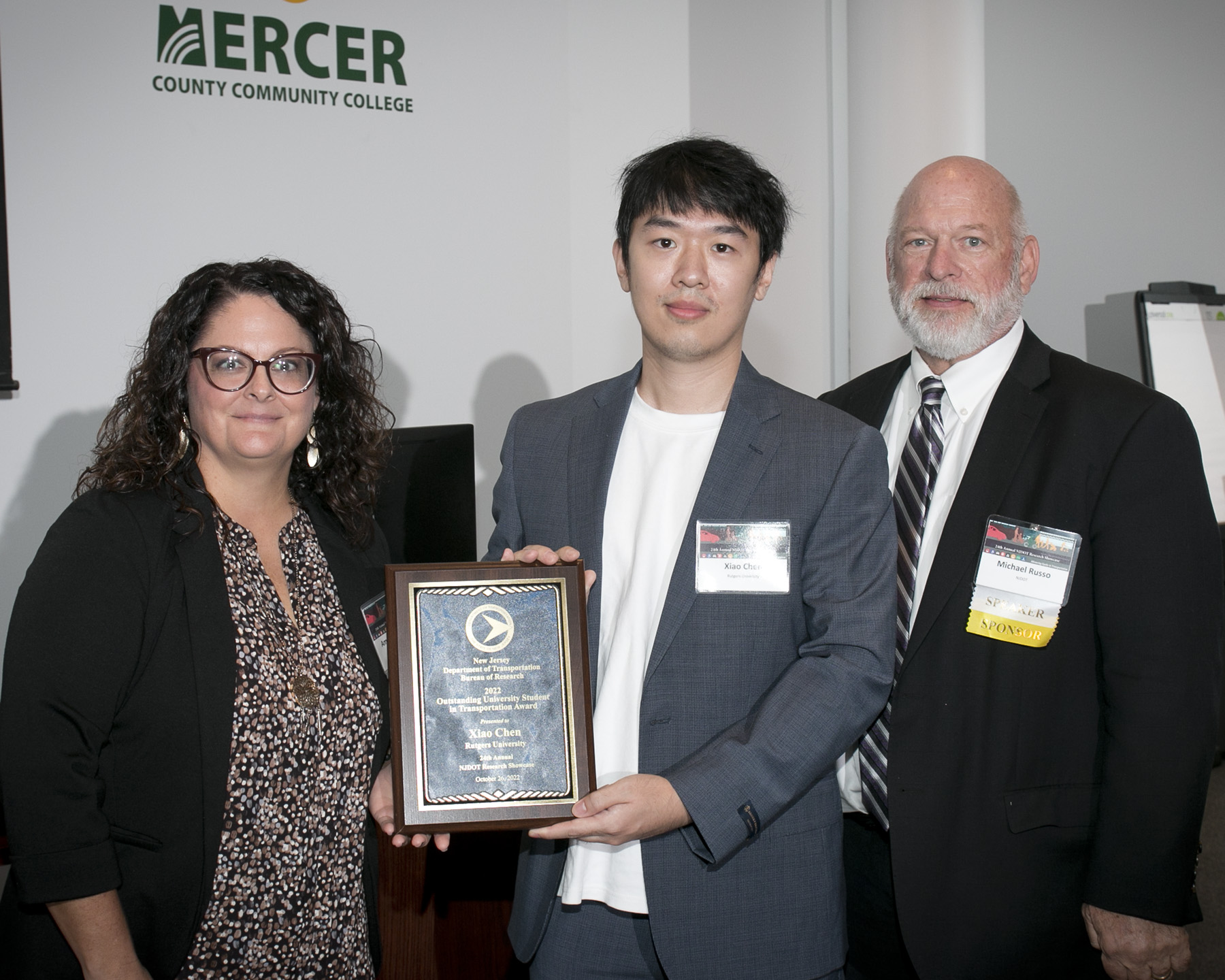
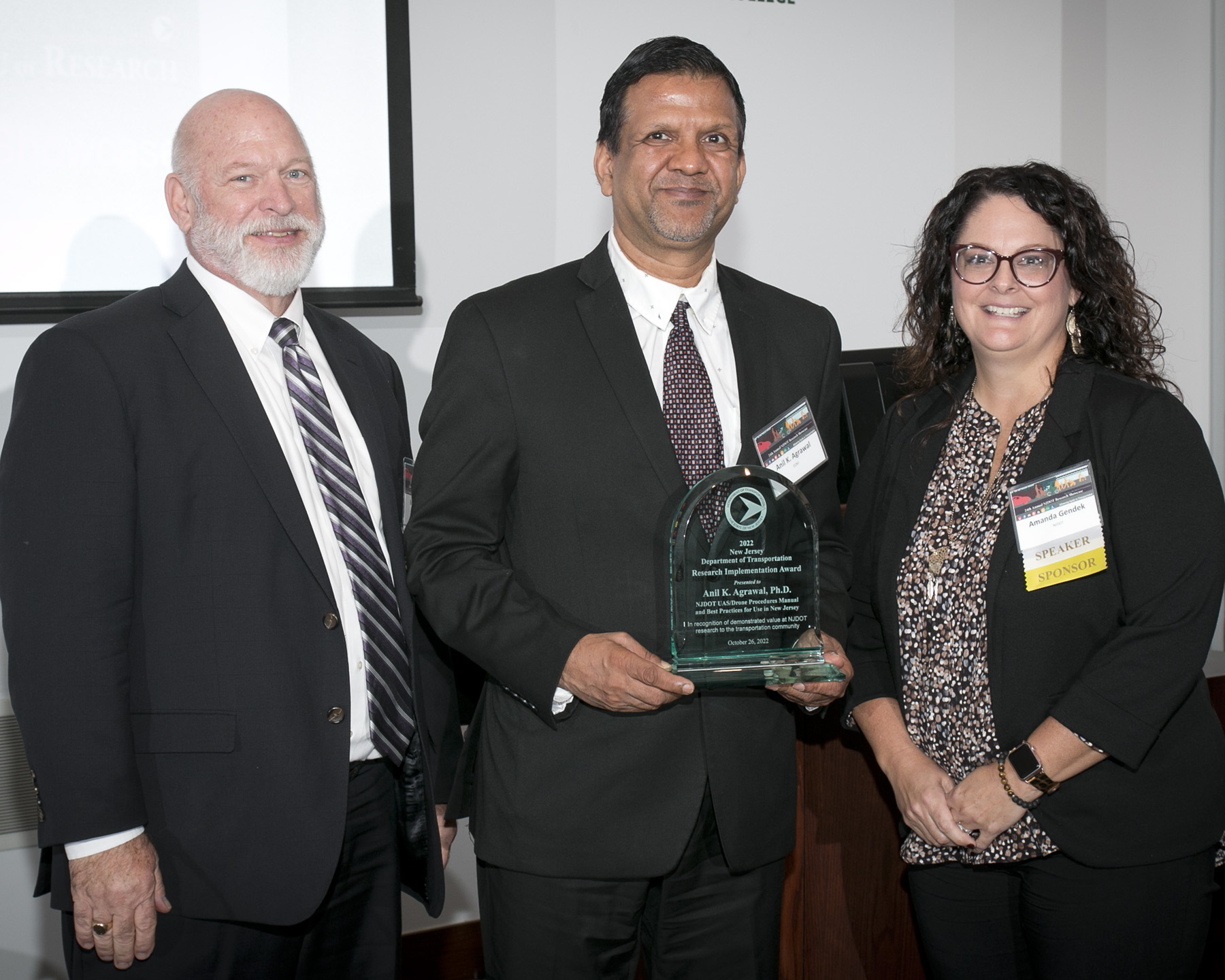
AFTERNOON
In the afternoon, concurrent break-out sessions for research presentations focused on the topics of Equity & Mobility, Infrastructure, and Safety in Transportation, and for the presentation of posters from students and researchers at New Jersey’s colleges and universities describing their methods and findings on ongoing and recently completed research and responding to questions by attendees.
Equity & Mobility Session Recording
Infrastructure Session Recording
Safety in Transportation Session Recording
Equity and Mobility Presentations
Peter J. Jin, Rutgers University-CAIT, Real-Time Traffic Signal System Performance Measure Phase II LINK
Zijia Zhong, New Jersey Institute of Technology, Assessing High-Resolution Connected Vehicle Data for TSM&O Applications LINK
Hannah Younes, Rutgers University-VTC, Factors Influencing the Fatality of Pedestrian and Bicyclist Involved Crashes in New Jersey LINK
Infrastructure Presentations
Seyed Masoud Shirkhorshidi, New Jersey Institute of Technology, Corrosion Performance of Ultra-High Performance Concrete in Uncracked and Cracked Beams LINK
Rojyar Barhemat, Soroush Mahjoub, Victor C. Li and Yi Bao, Stevens Institute of Technology LINK
Ashith Padinhar and Marath Purakkal, Rowan CREATES, Developing Electrically-Heated Flexible Pavement for Self-Deicing Application LINK
Safety Presentations
Branislav Dimitrijevic, New Jersey Institute of Technology, Development and Evaluation of a Pedestrian Crossing Alert System Using 2-Channel LiDAR Sensor LINK
Anahita Kakhani, Rowan University, Emerging Countermeasures for Pedestrian Safety: A Review of State of Art and Recent Advances LINK
Sam Rosenthal, Rutgers University, Complete and Green Streets: Effective Public Engagement Practics and Resouces to Promote Safety and Advance Equity LINK
2022 Poster Presentations
The Research Showcase was organized by the NJDOT Bureau of Research in partnership with the Rutgers Center for Advanced Infrastructure and Transportation (CAIT) and the Rutgers Alan M. Voorhees Transportation Center. The 24th Annual NJDOT Research Showcase was co-sponsored by the Federal Highway Administration.


